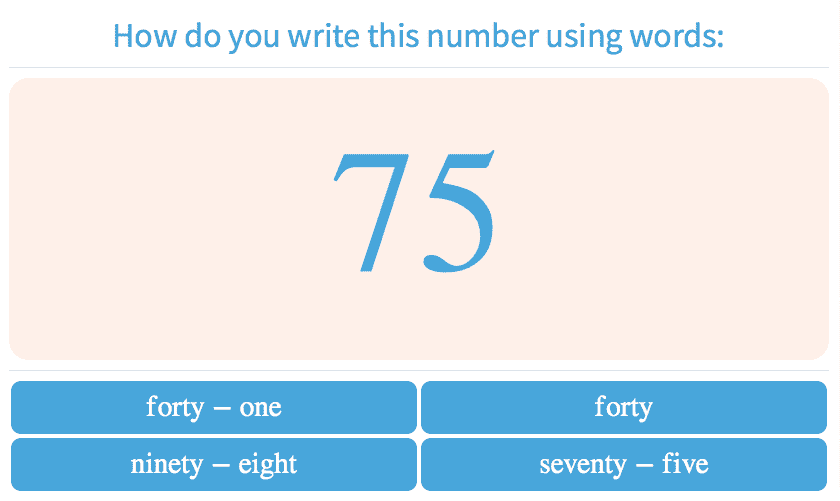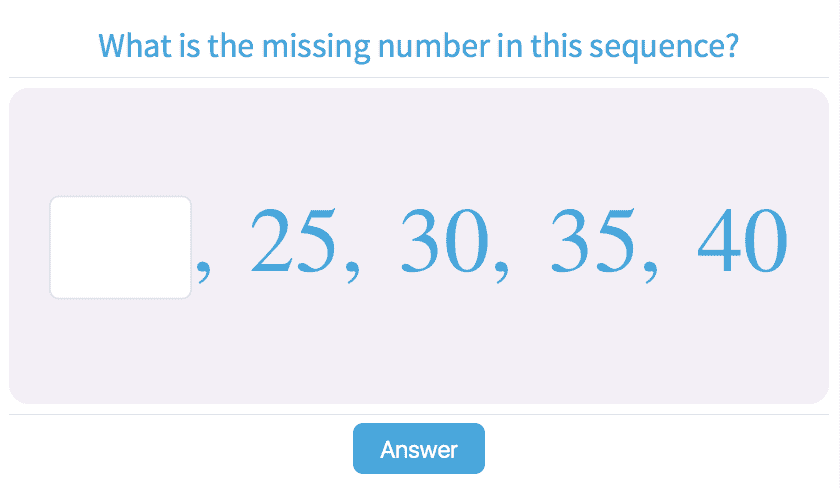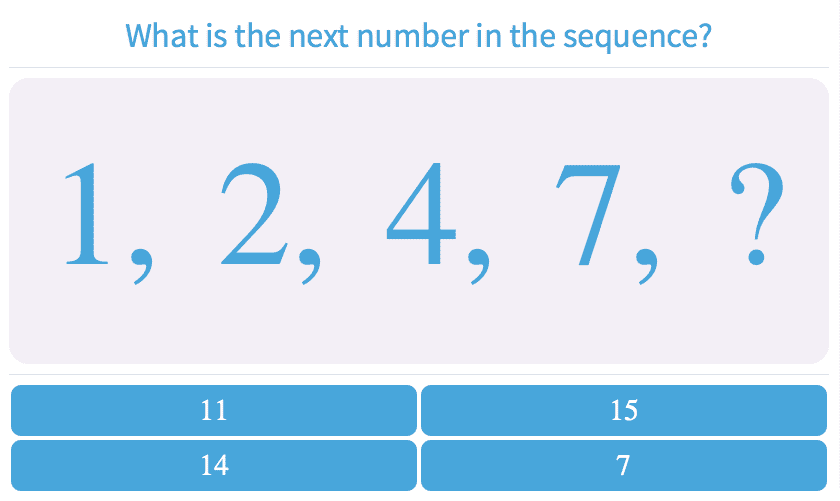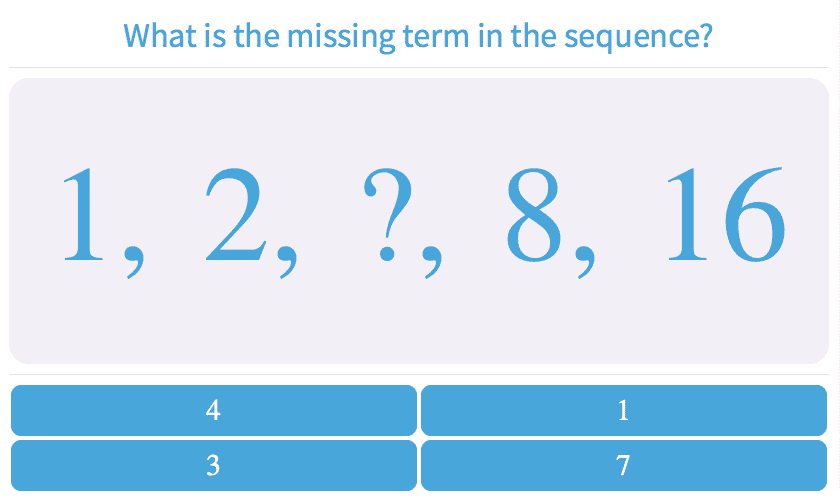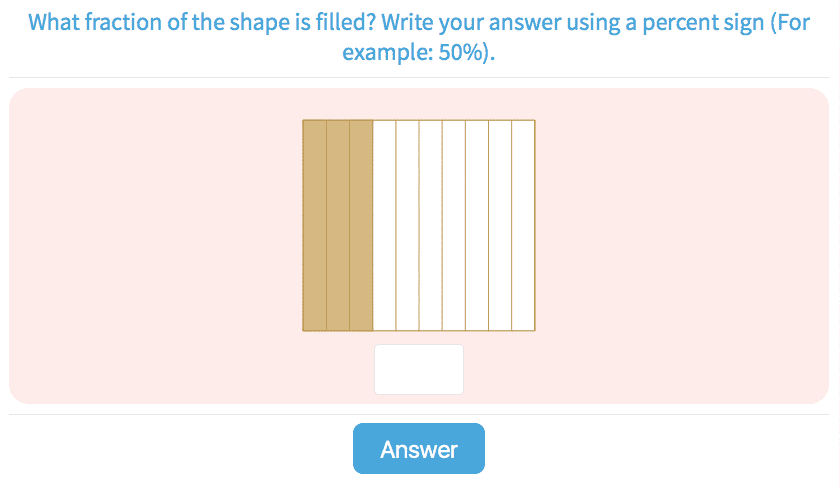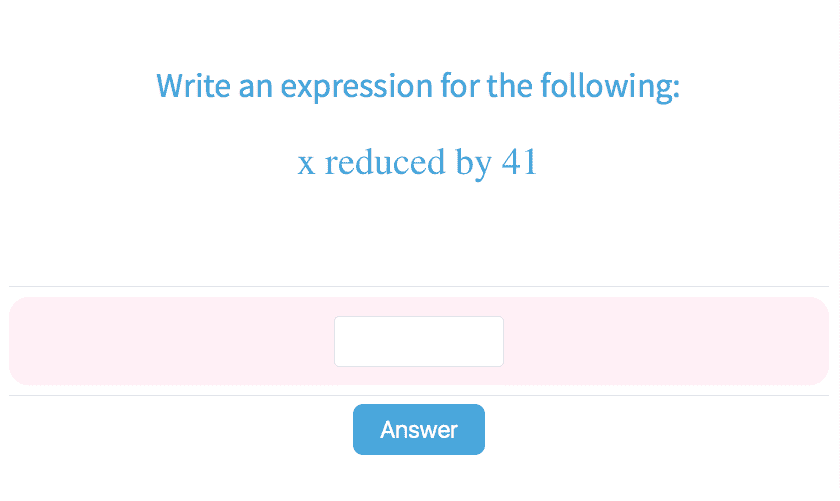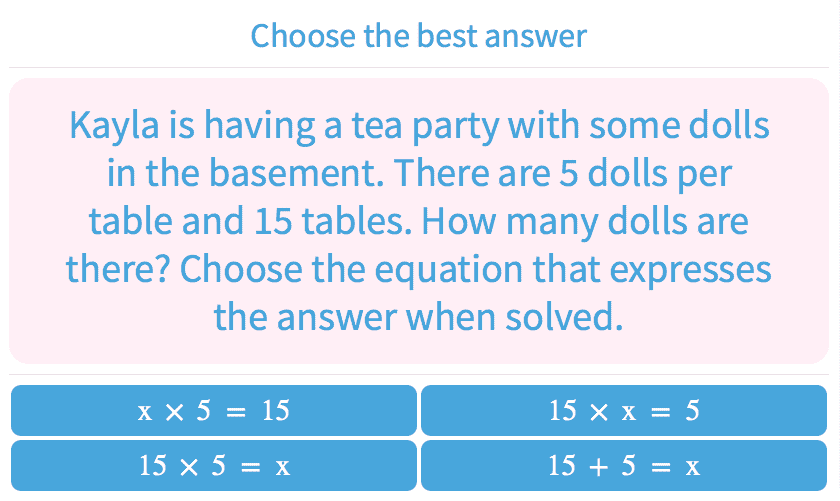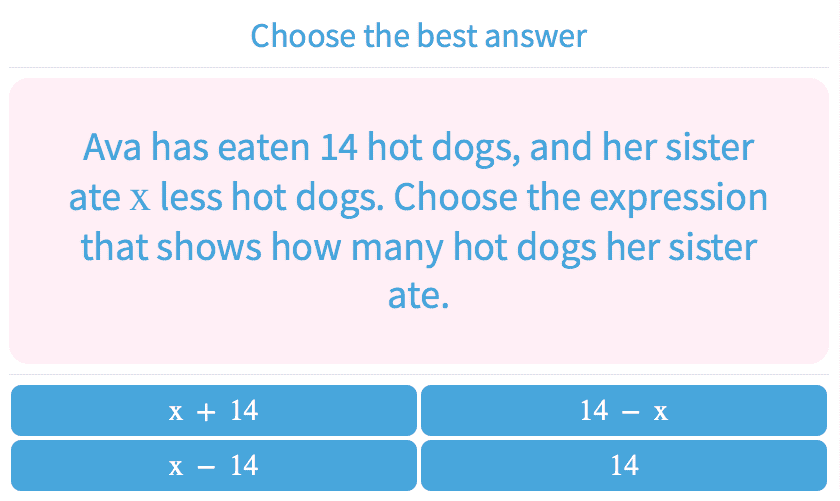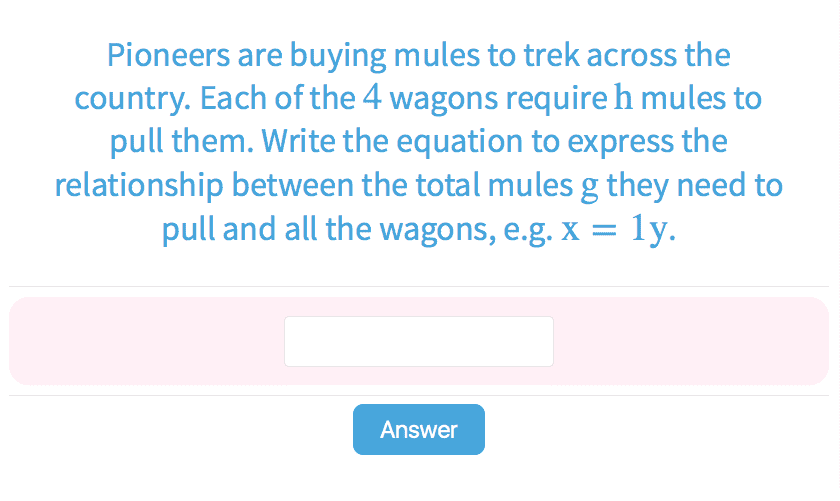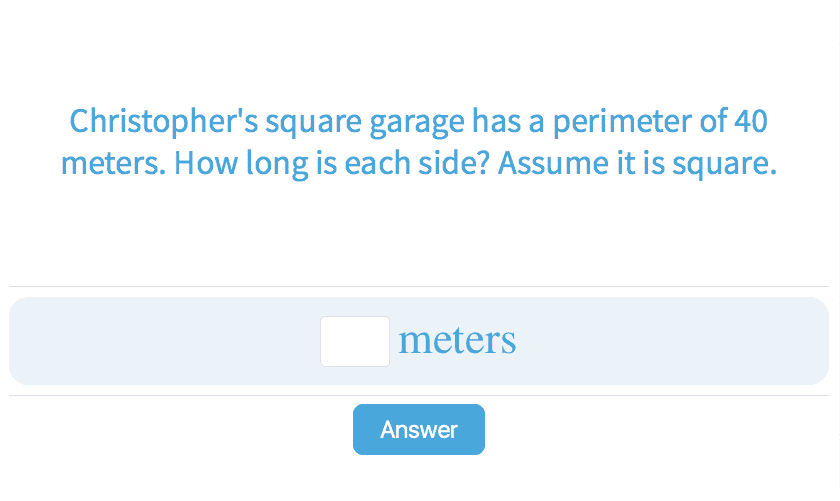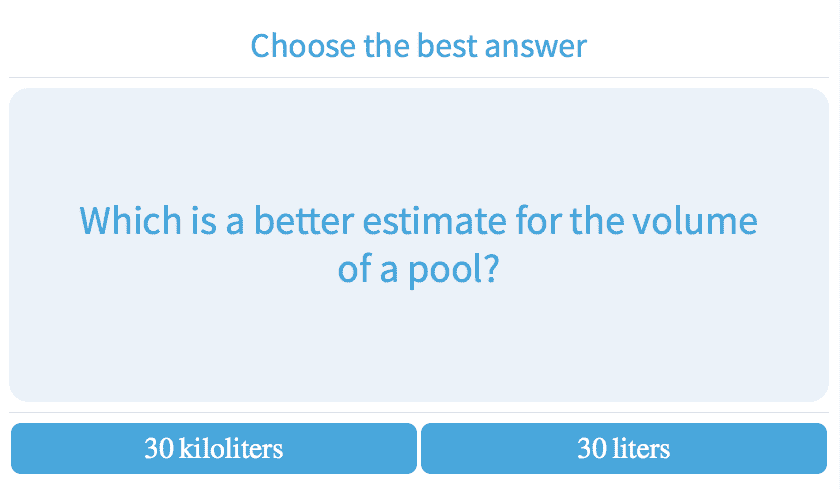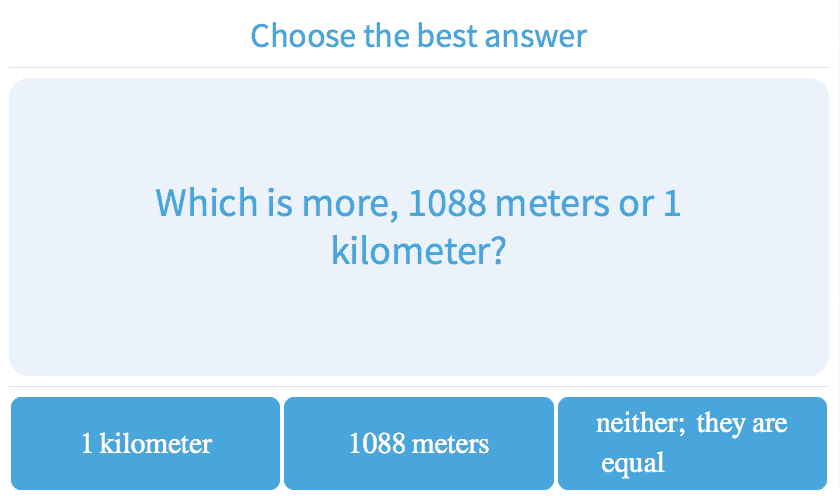-
5Fifth Class Worksheets
-
Number Properties
-
5.1Compare Numbers Up to 10000000
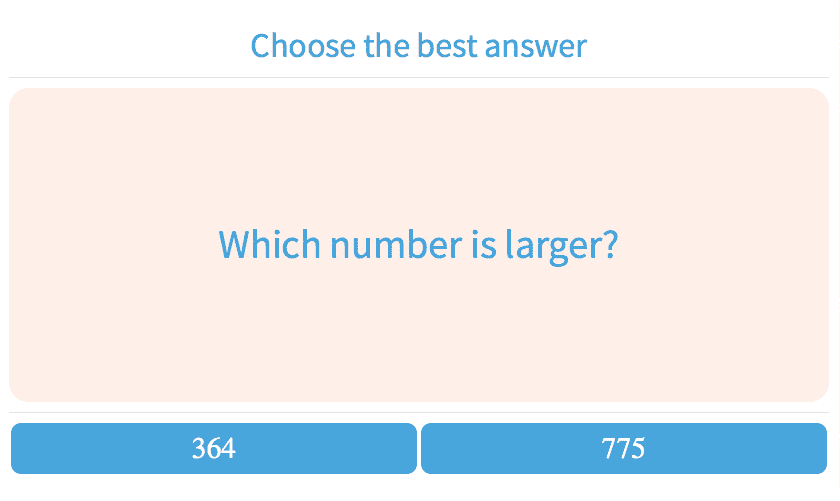
-
5.10Convert Numbers with Tens, Hundreds, Thousands
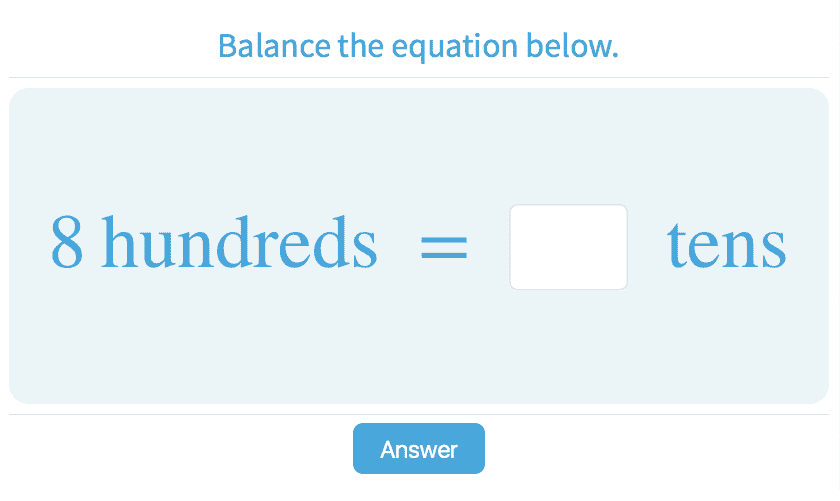
-
5.11Identify Place Values in Decimal Numbers
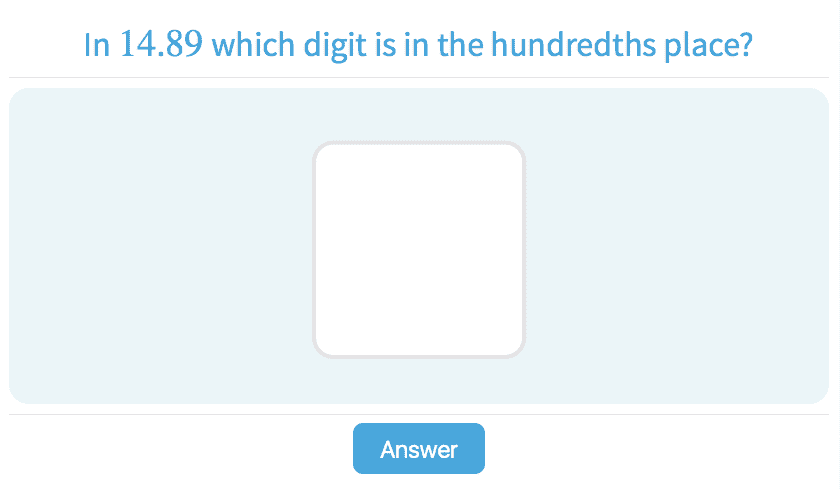
-
5.20Estimate Quotients
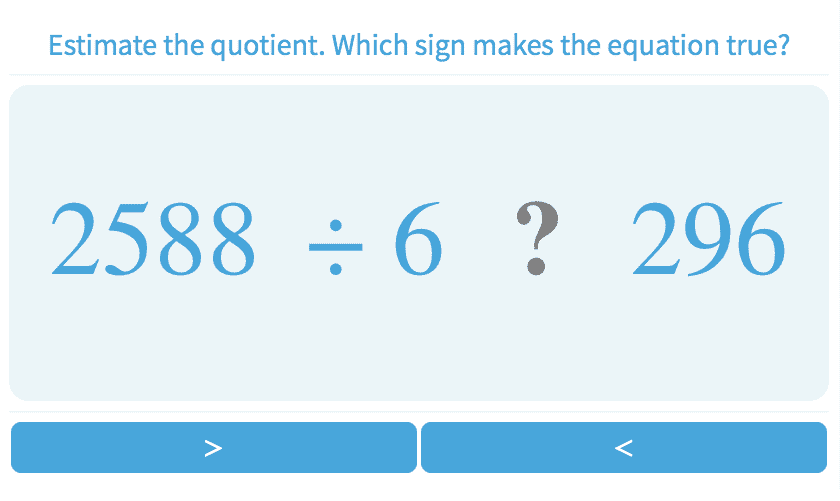
-
5.42Choose the Equivalent Fraction Up to Twentieths
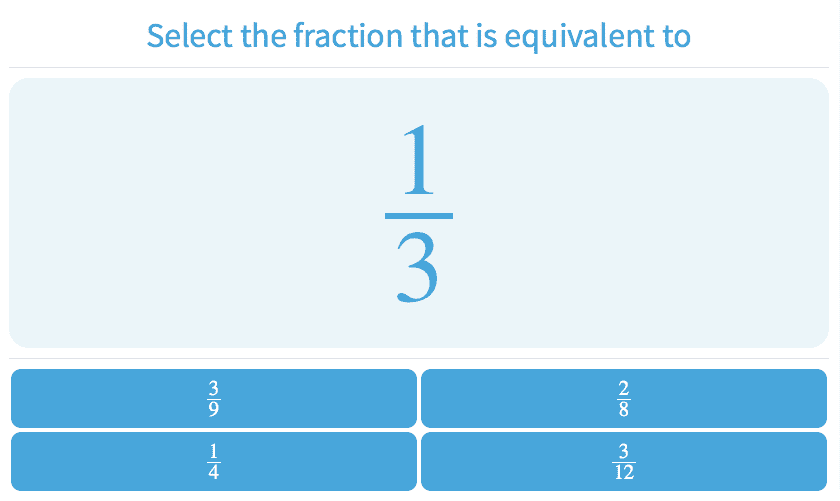
-
5.43Choose the Equivalent Fraction
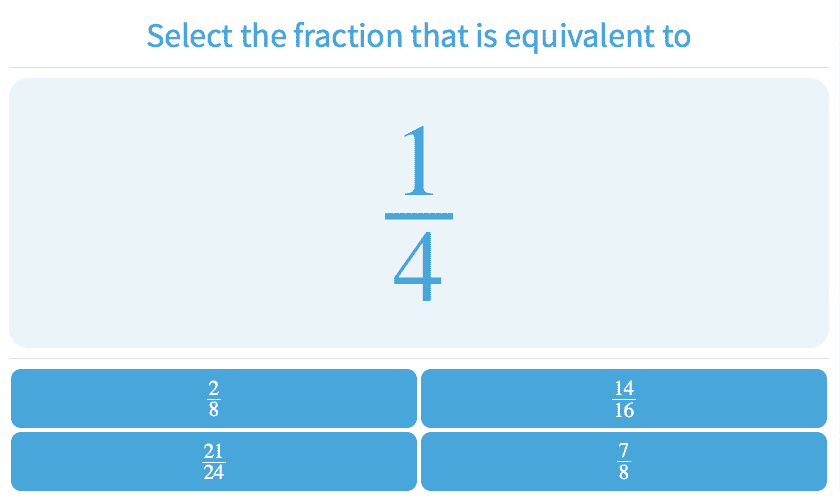
-
5.68Prime and Composite Numbers
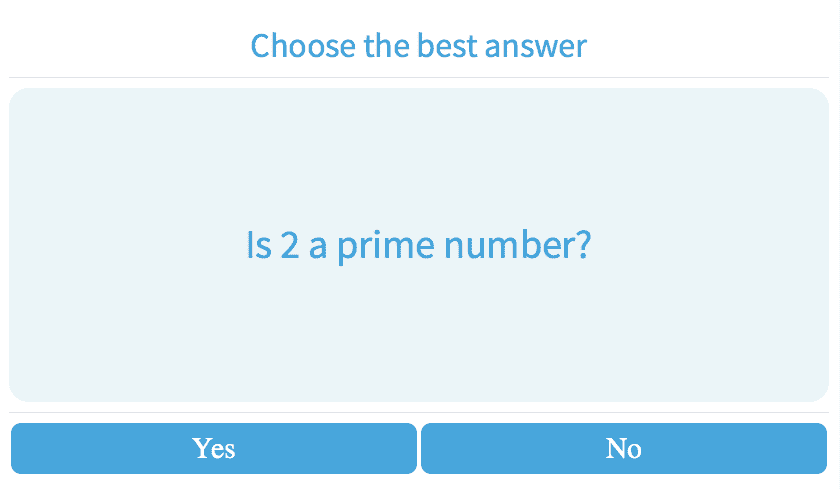
-
5.69Divisibility Rules with Numbers Up to 10,000

-
5.70Divisibility Rules with Dividend Up to 10,000,000

-
5.71Divisibility Rules

-
5.72Integers: Understanding Integers
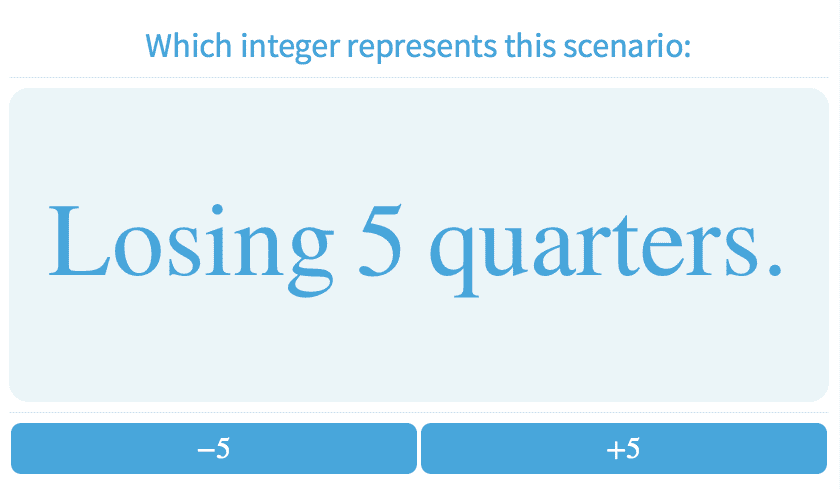
-
5.73Understanding Integers

-
5.74Properties of Addition
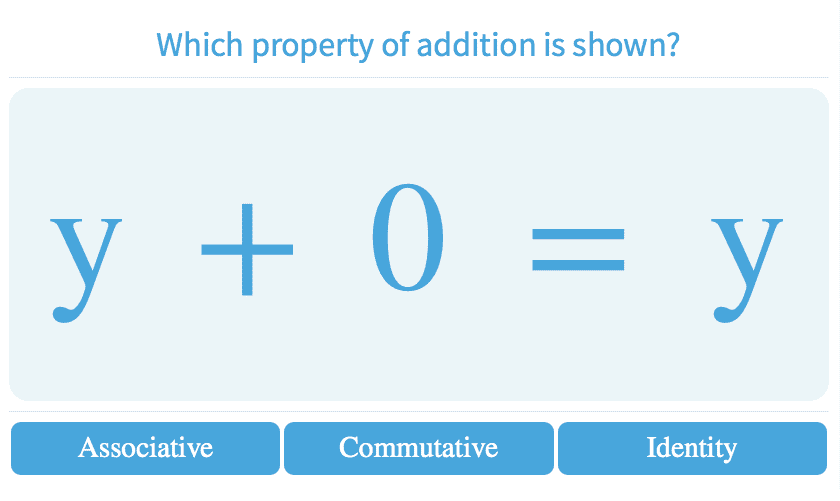
-
5.75Choose Properties of Multiplication
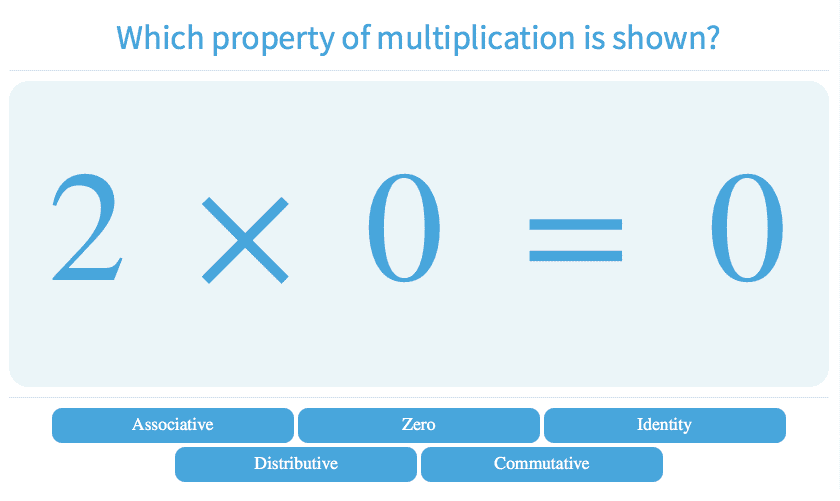
-
5.76Factors of Multiplication
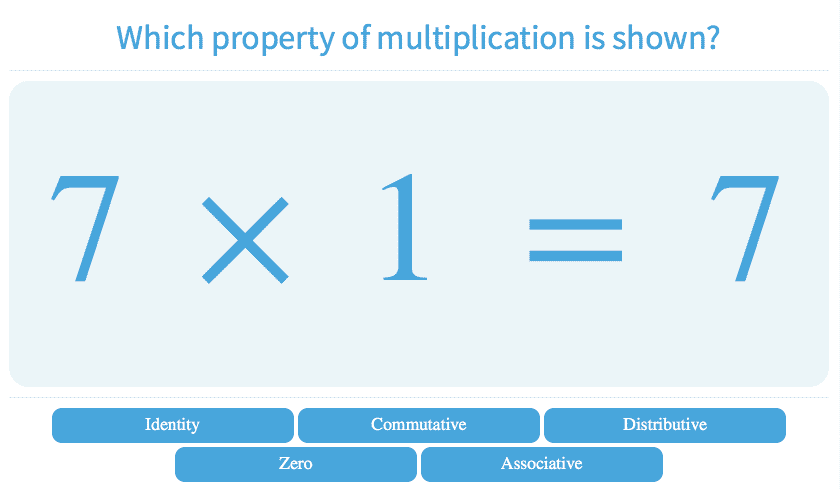
-
5.77Properties of Multiplication with Factors Up to 12

-
- Counting
-
Decimals
-
5.3Decimals with Models
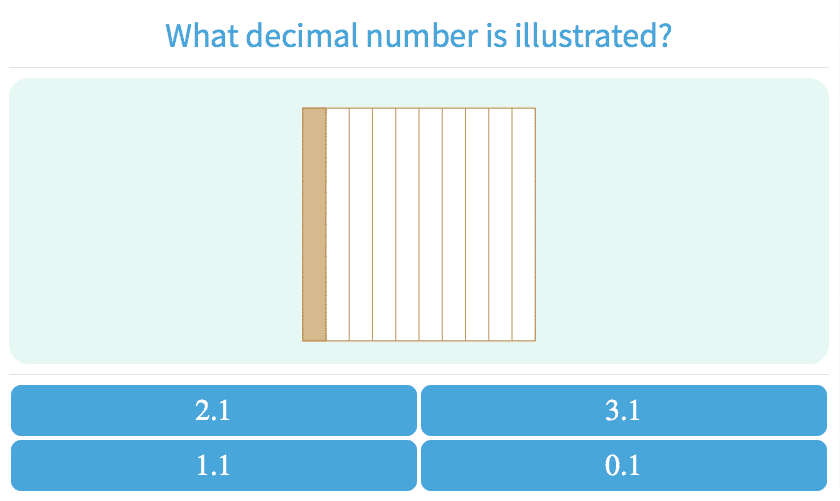
-
5.4Understanding Decimals Expressed in Words
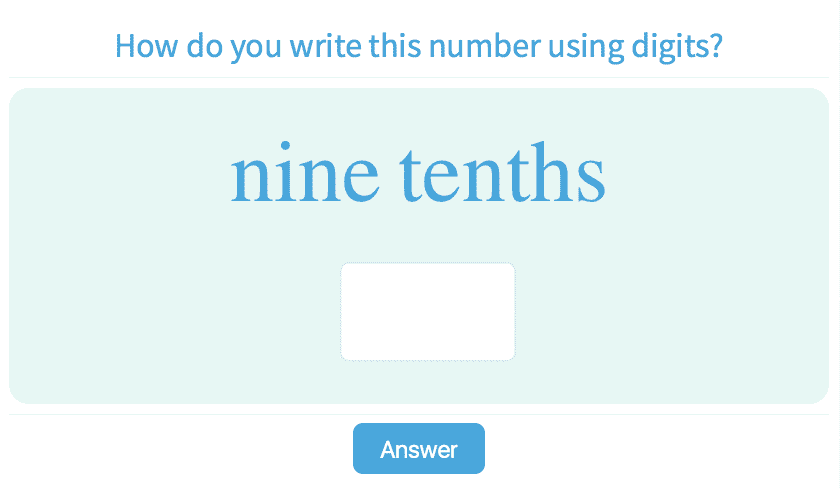
-
5.6Compare Decimal Numbers Up to 4 Places
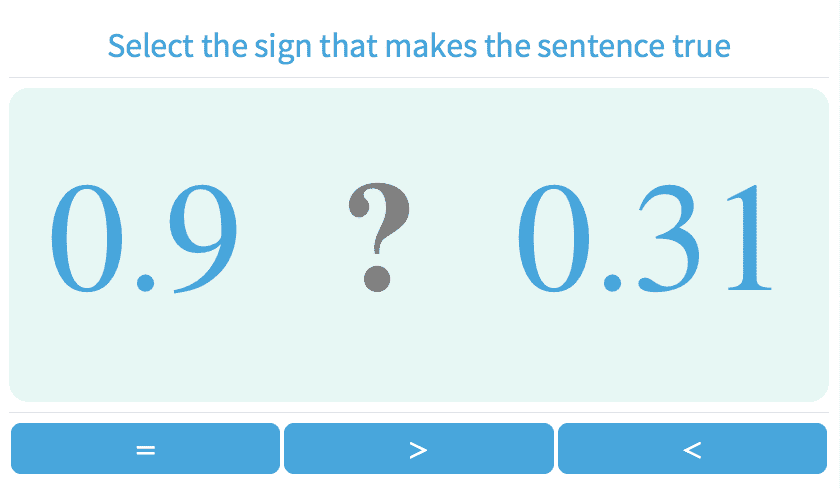
-
5.7Compare Decimal Numbers Up to 2 Places
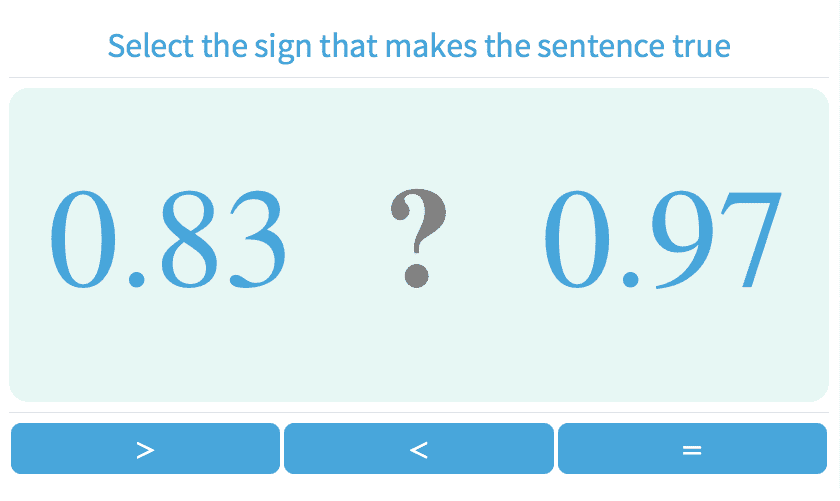
-
5.11Identify Place Values in Decimal Numbers

-
5.23Add and Subtract Decimal Numbers Up to 3 Places
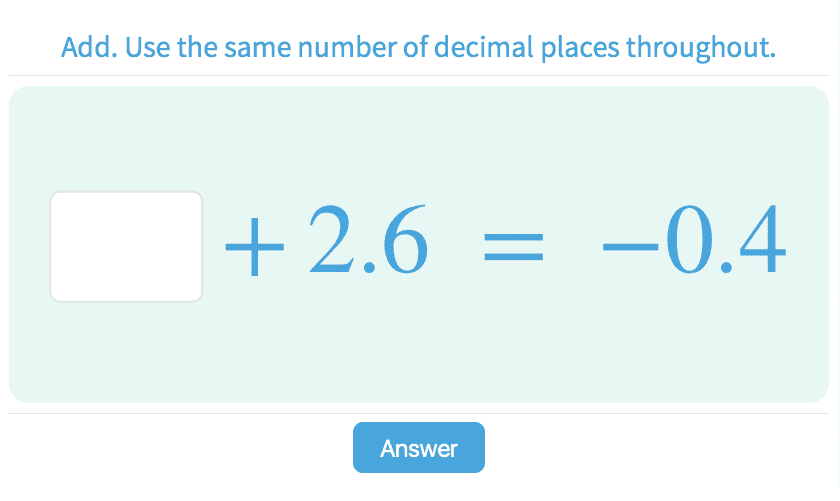
-
5.24Add and Subtract Decimals
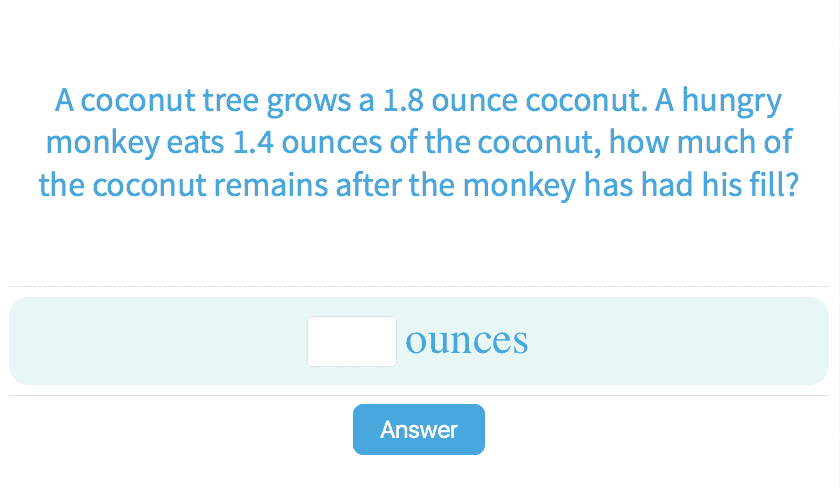
-
5.25Add and Subtract Decimals Up to 10
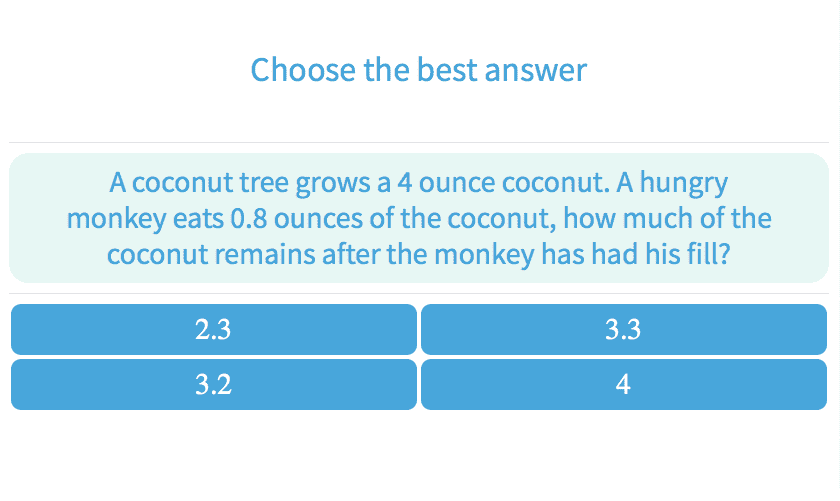
-
5.26Add and Subtract Decimal Up to 100

-
5.28Complete the Addition or Subtraction Sentence
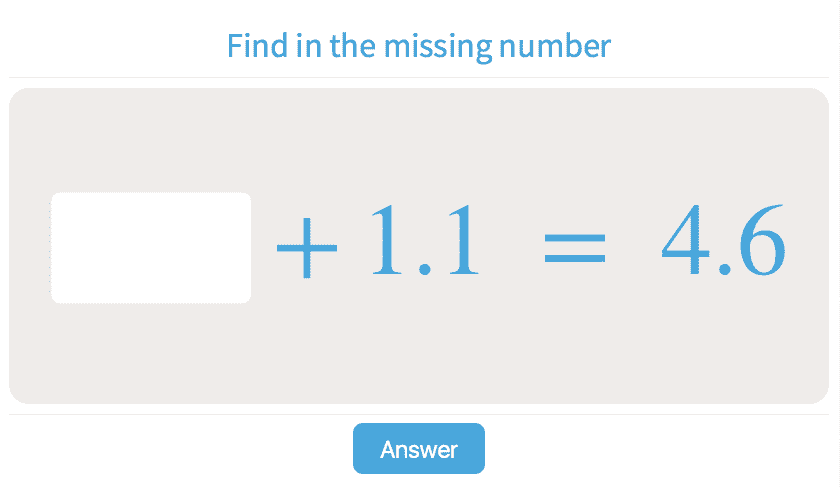
-
5.29Multiply Decimals Up to 20 Times Factors of 10
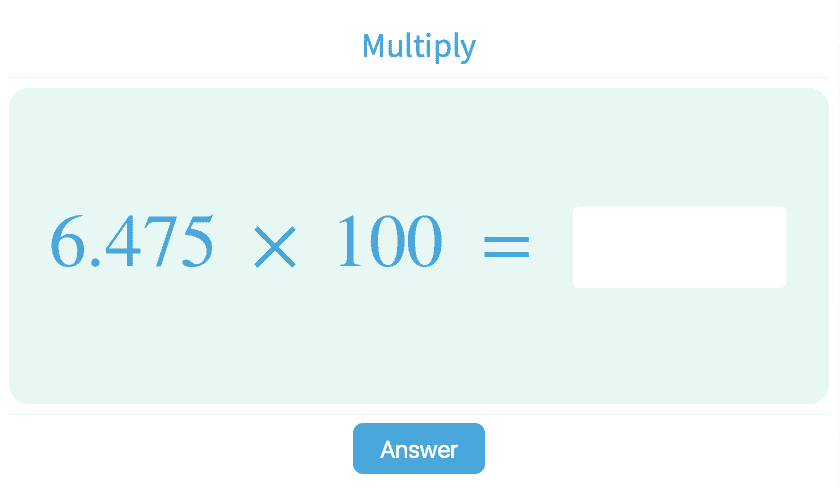
-
5.30Multiply Decimals with Numbers Up to 10
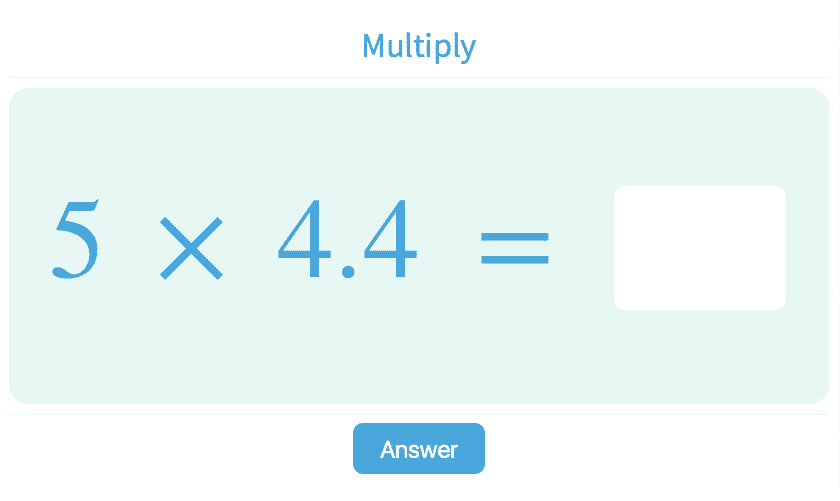
-
5.31Multiply Decimals with Numbers Up to 1000
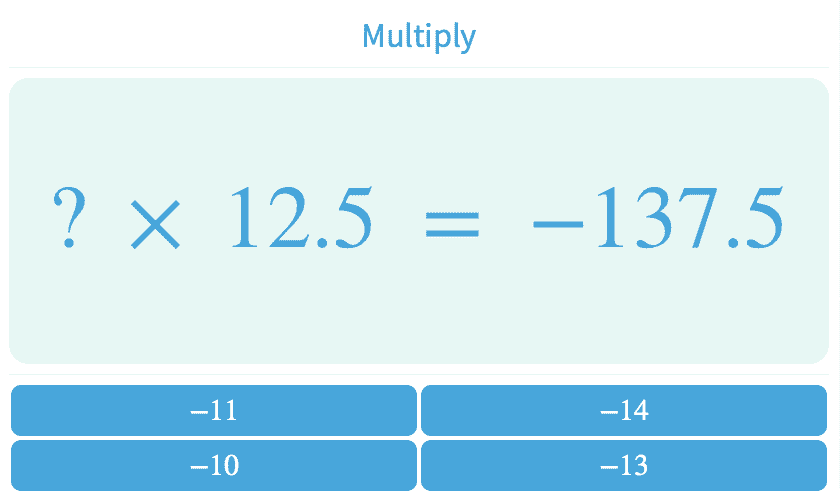
-
5.32Multiply Decimals and Whole Numbers

-
5.36Multiply and Divide Decimals by Powers of Ten
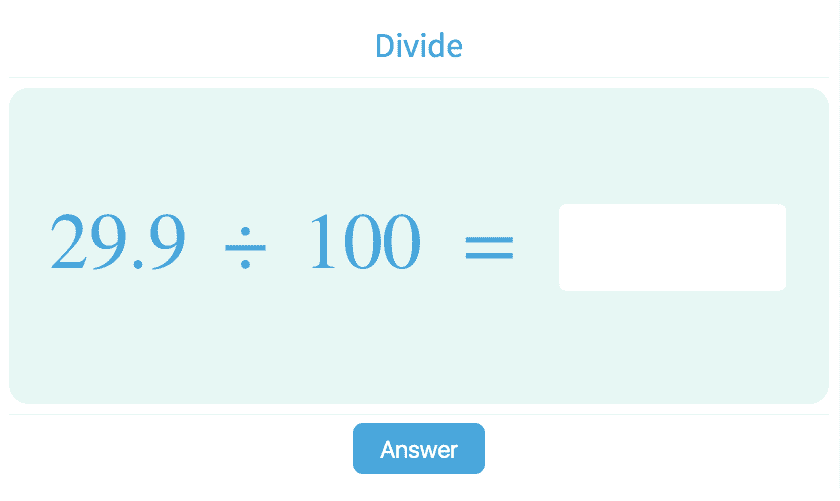
-
5.39Division with Decimal Quotients
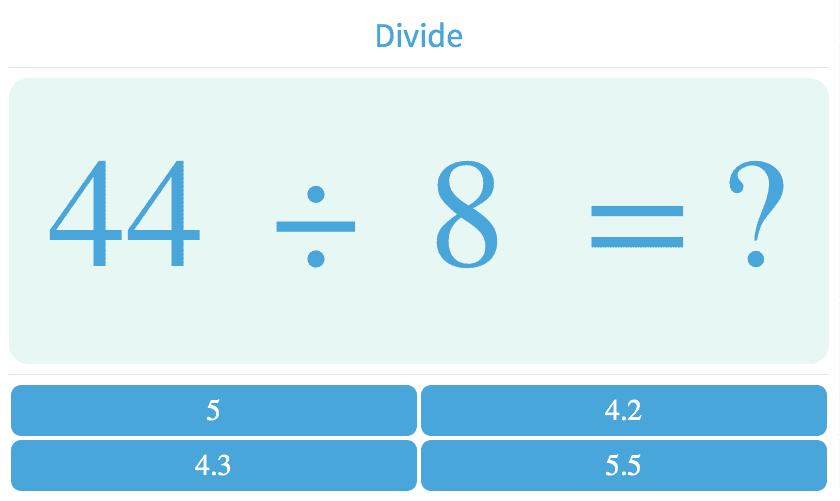
-
5.40Division with Decimal Quotients and Rounding
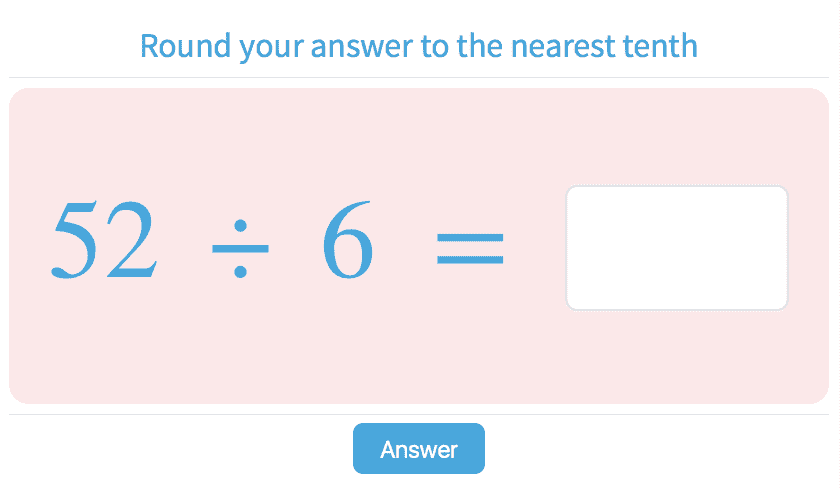
-
5.41Division with Decimal Quotients
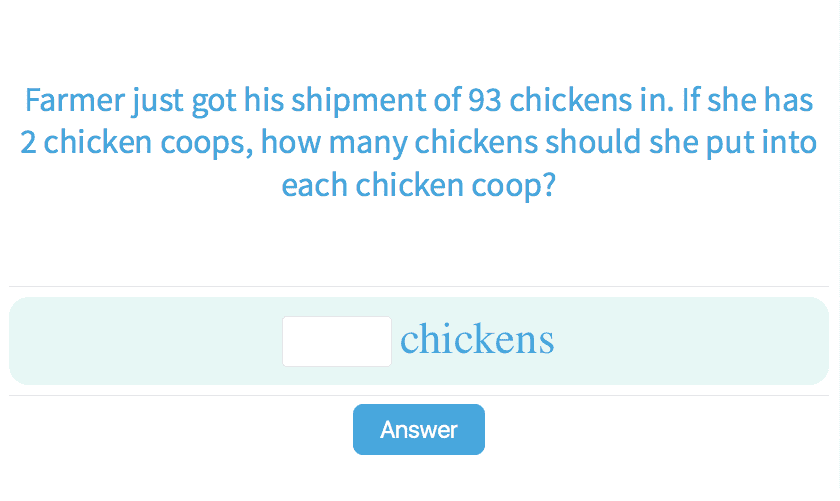
-
5.58Convert Fractions and Mixed Numbers to Decimals
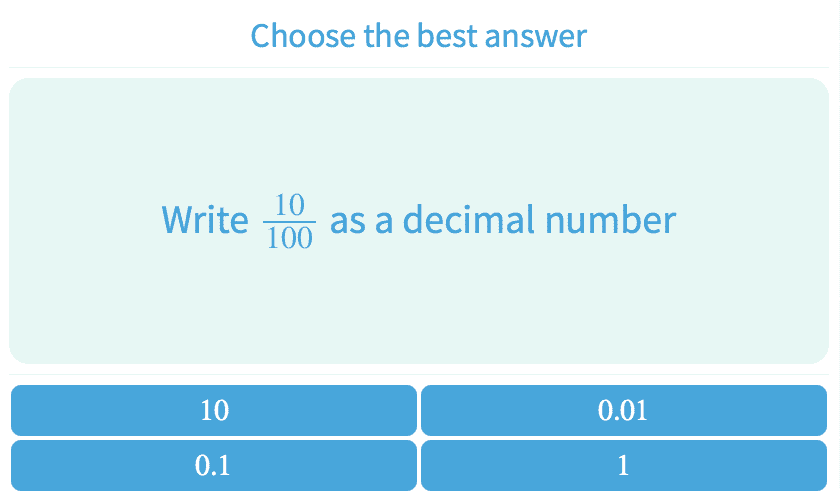
-
5.59Convert Decimals to Fractions and Mixed Numbers
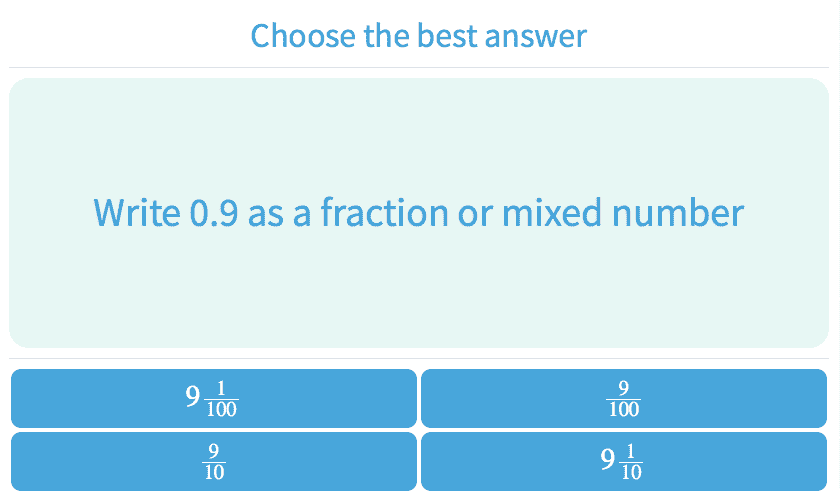
-
5.61Convert Between Percents, Fractions and Decimals
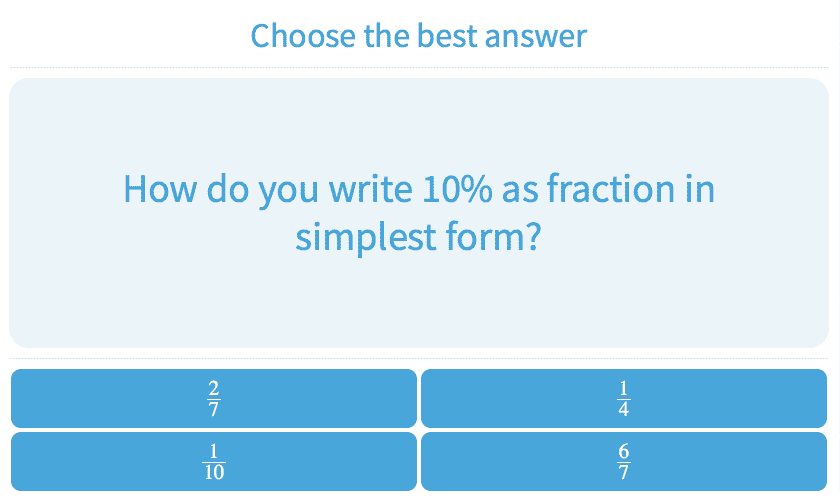
-
5.66Mixed Decimal Equations
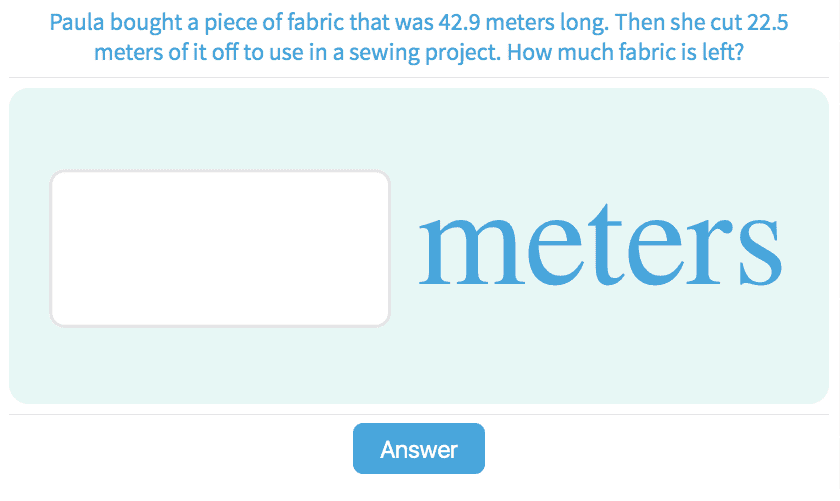
-
- Comparison
- Addition
-
Estimation
-
5.12Rounding with Numbers Up to 5000
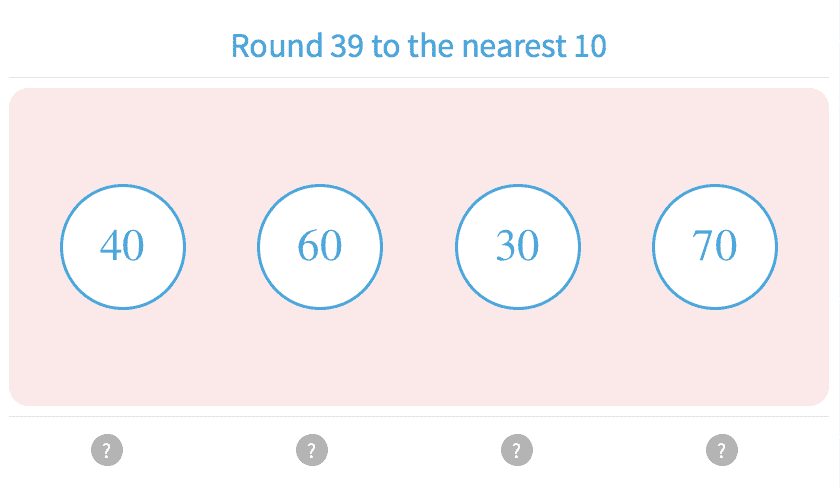
-
5.13Rounding with Numbers Up to 100,000

-
5.14Round Decimals
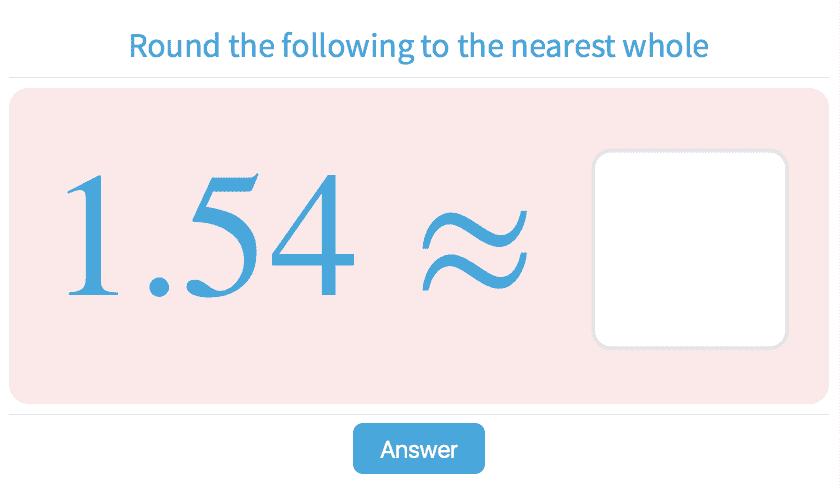
-
5.15Estimate Differences
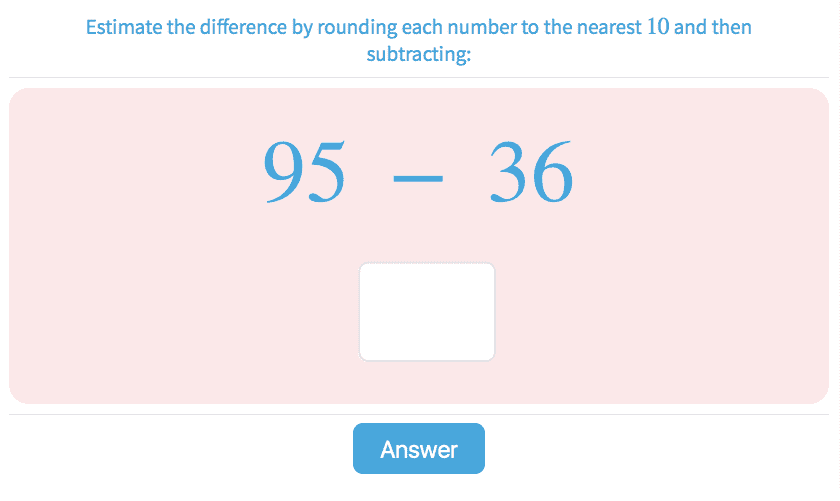
-
5.16Estimate Sums with Numbers Up to 100,000
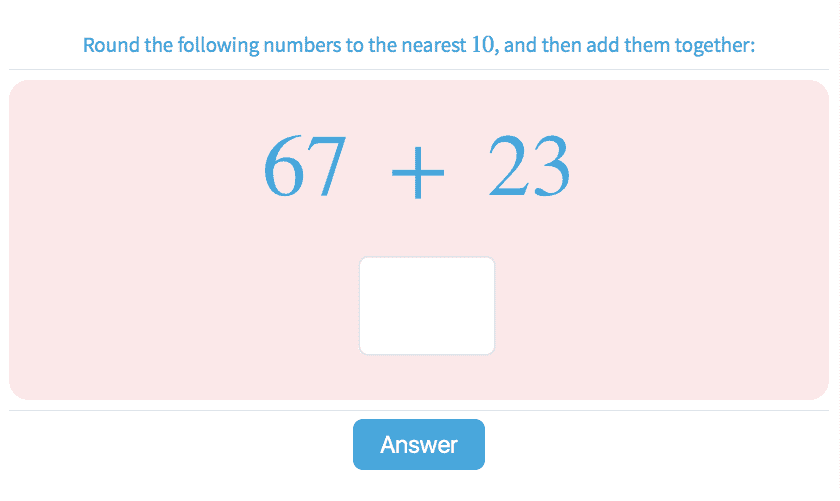
-
5.17Estimate Differences
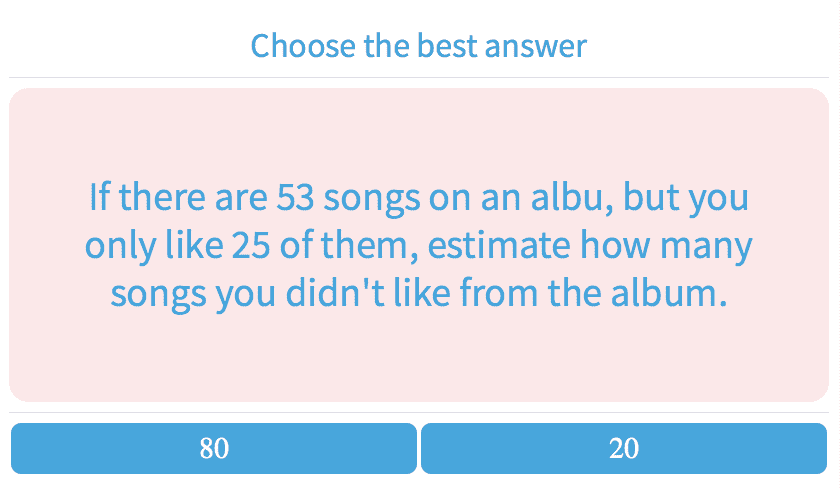
-
5.18Estimate Sums
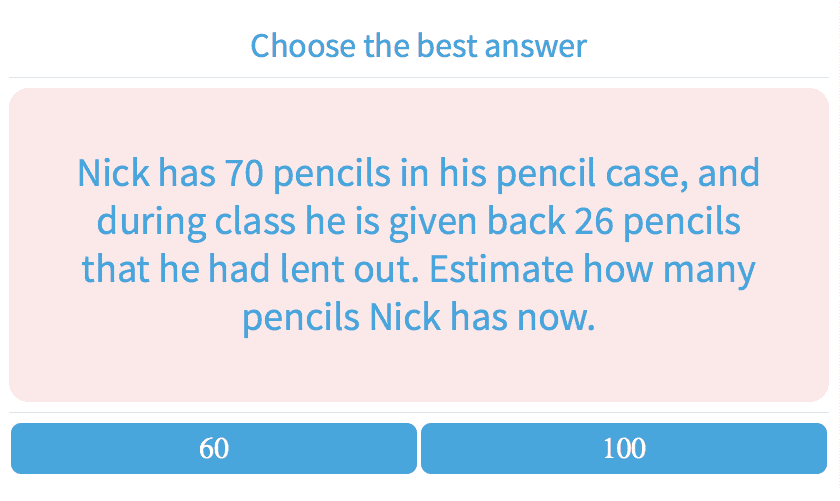
-
5.19Estimate Products Up to 1000
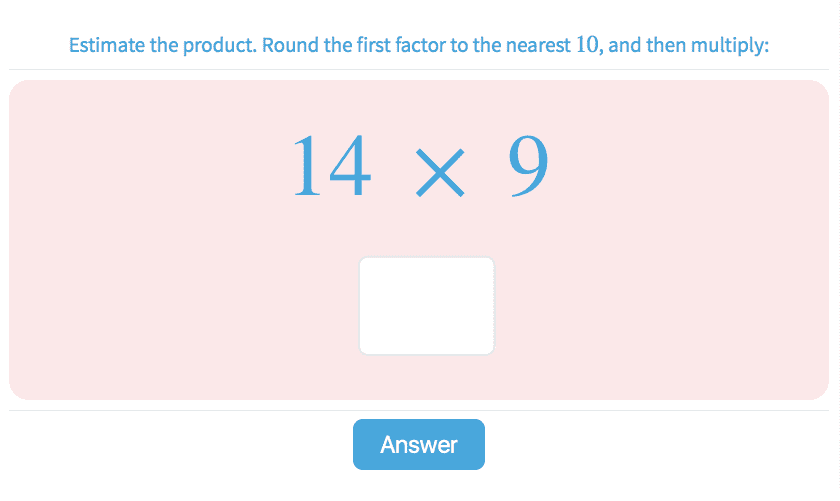
-
5.20Estimate Quotients

-
5.21Estimate Quotients Up to 1000
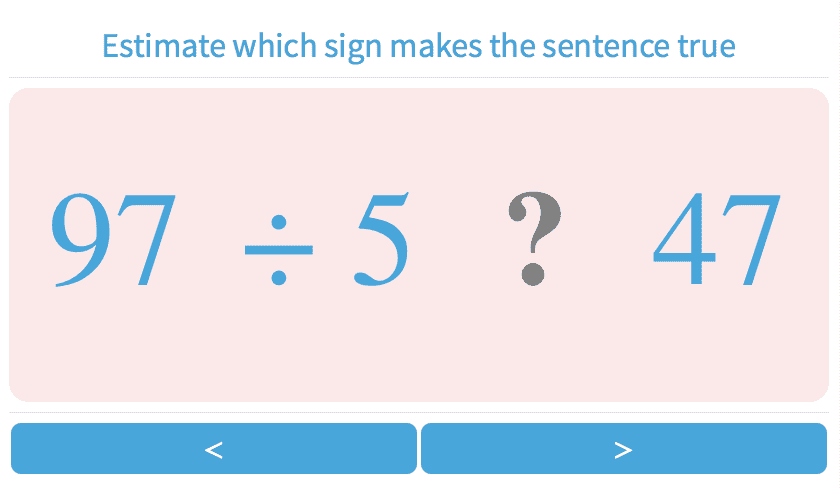
-
5.22Estimate Quotients Up to 10,000
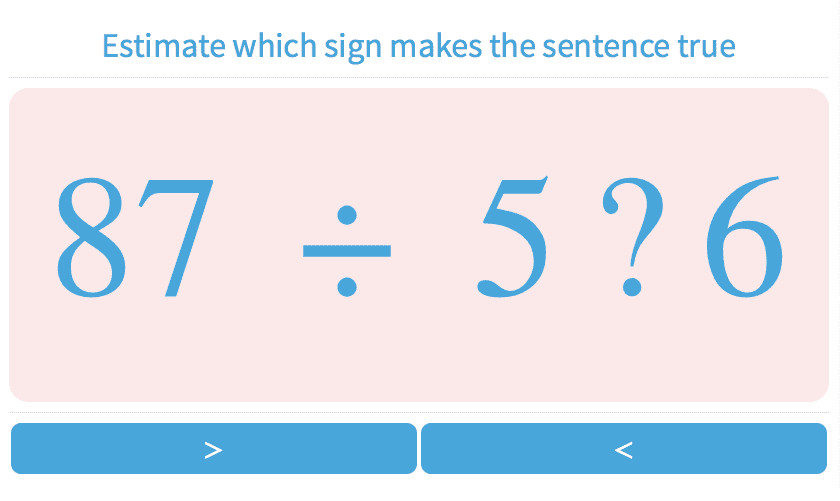
-
5.40Division with Decimal Quotients and Rounding

-
-
Mixed Equations
-
5.23Add and Subtract Decimal Numbers Up to 3 Places

-
5.24Add and Subtract Decimals

-
5.25Add and Subtract Decimals Up to 10

-
5.26Add and Subtract Decimal Up to 100

-
5.28Complete the Addition or Subtraction Sentence

-
5.36Multiply and Divide Decimals by Powers of Ten

-
5.51Add and Subtract Fractions with Unlike Denominators
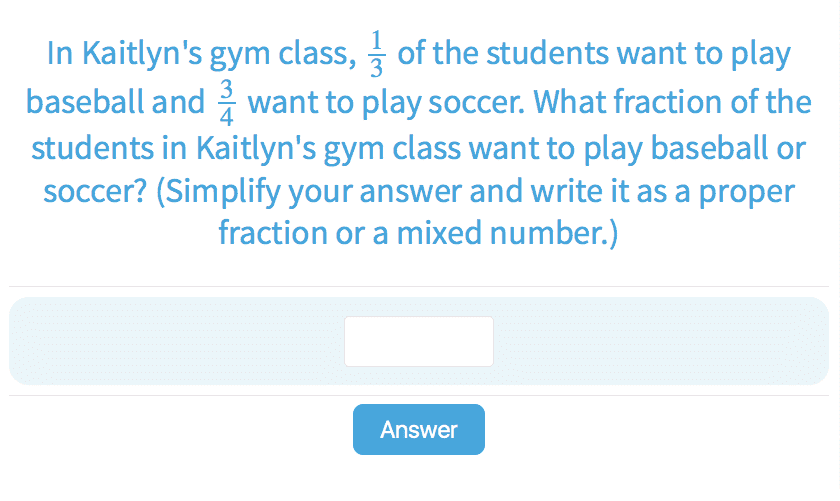
-
5.52Addition and Subtraction Equations with Fractions
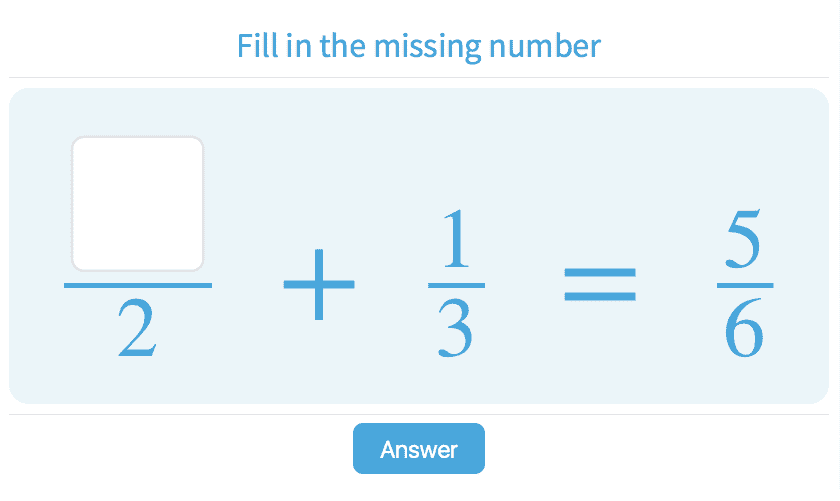
-
5.55Add and Subtract Mixed Numbers
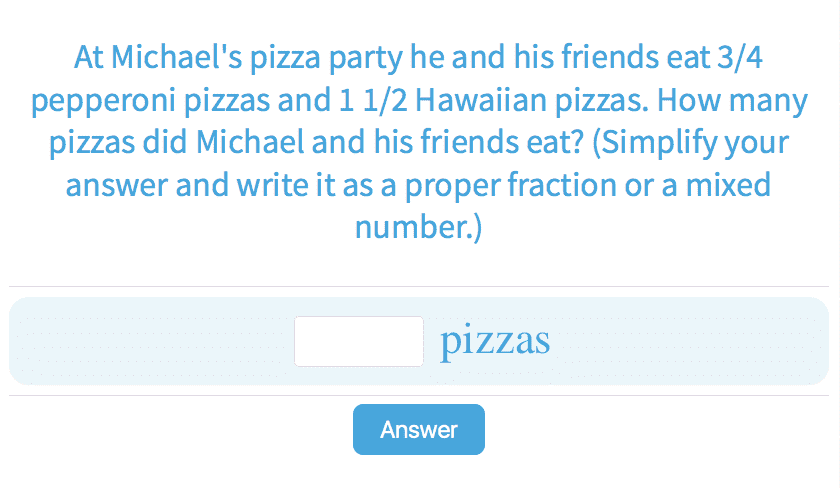
-
5.63Add, Subtract Fractions with Like Denominators
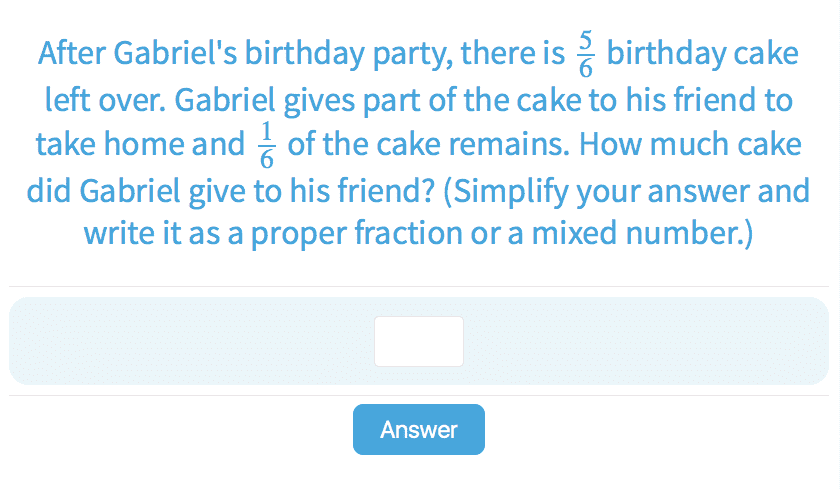
-
5.66Mixed Decimal Equations

-
5.78Simplify Expressions
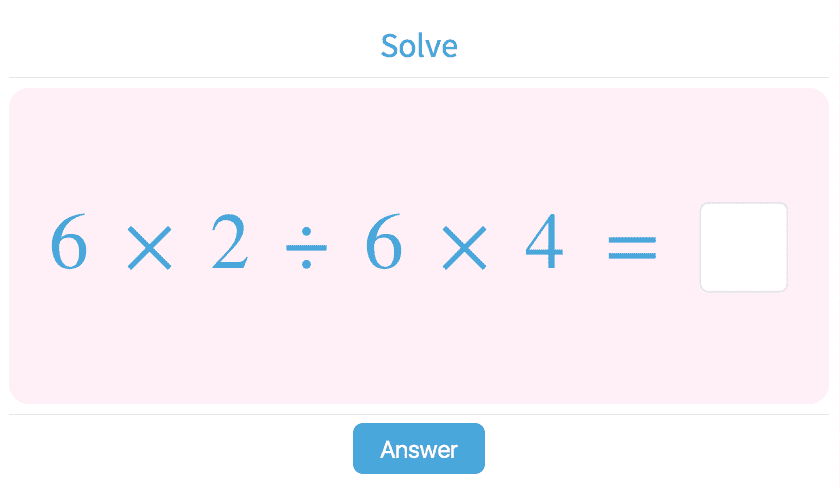
-
5.87Solve for the Variable with Addition and Subtraction
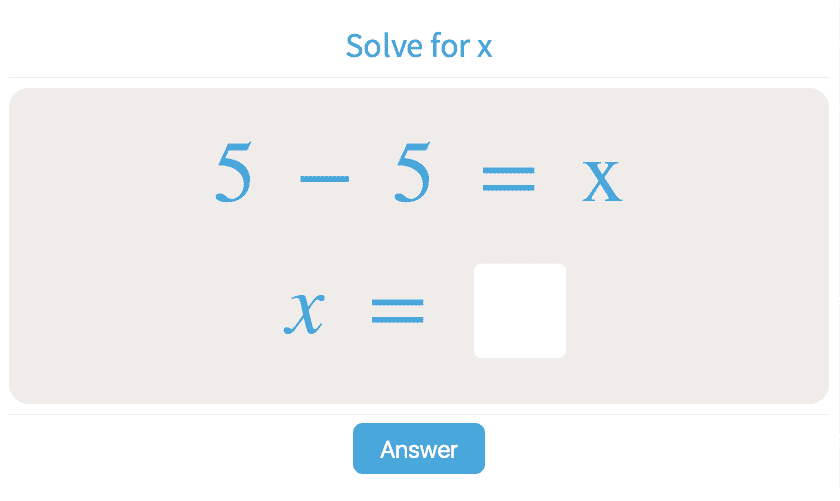
-
-
Multiplication
-
5.29Multiply Decimals Up to 20 Times Factors of 10

-
5.30Multiply Decimals with Numbers Up to 10

-
5.31Multiply Decimals with Numbers Up to 1000

-
5.36Multiply and Divide Decimals by Powers of Ten

-
5.56Multiply Fractions by Whole Numbers
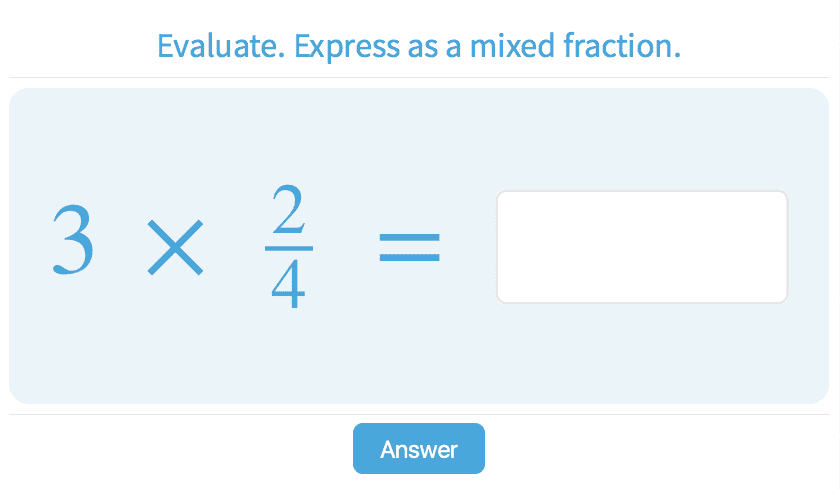
-
5.57Multiply Fractions by Whole Numbers
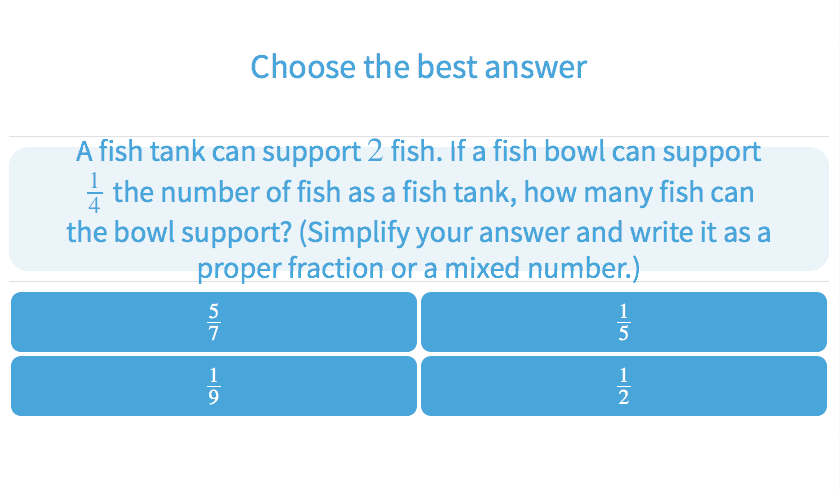
-
5.75Choose Properties of Multiplication

-
5.76Factors of Multiplication

-
5.77Properties of Multiplication with Factors Up to 12

-
-
Money
-
5.33Multiply Money Amounts

-
5.117Consumer Math: Unit Prices
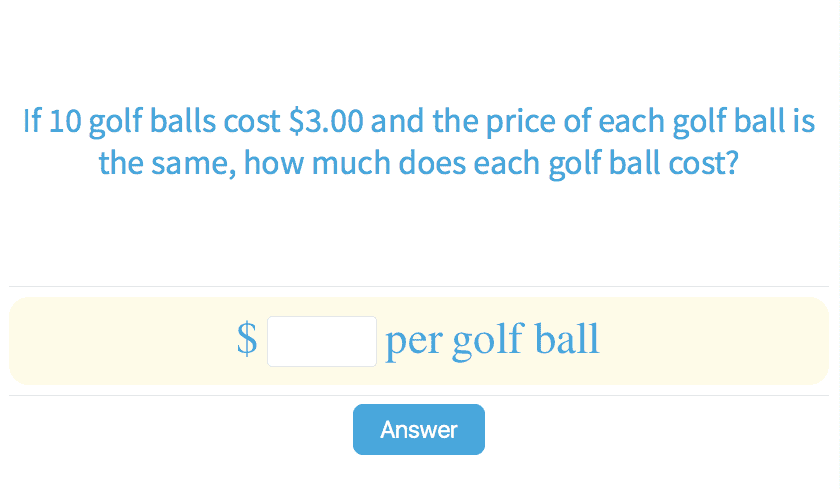
-
-
Division
-
5.34Division with Remainder with Divisor Up to 1000
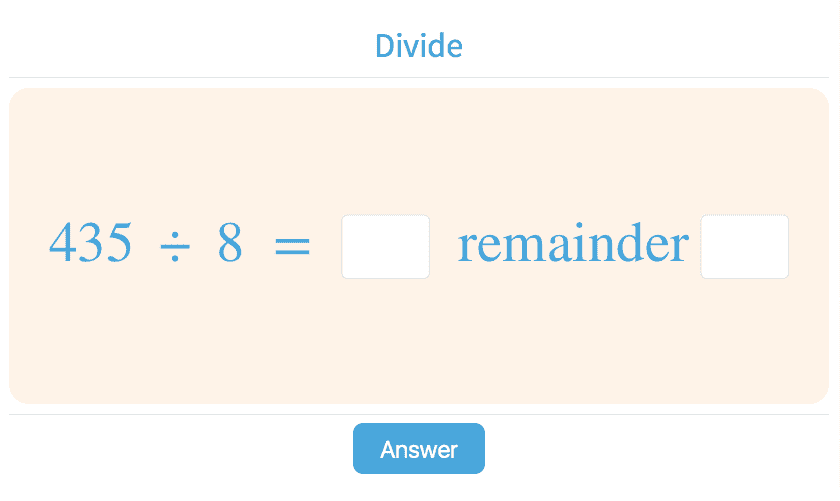
-
5.35Division with Divisors Up to 100
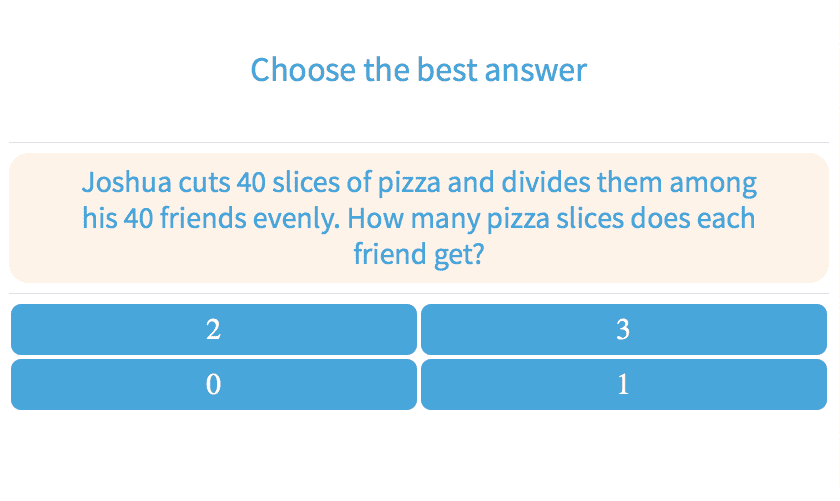
-
5.36Multiply and Divide Decimals by Powers of Ten

-
5.38Division with Decimals

-
5.39Division with Decimal Quotients

-
5.40Division with Decimal Quotients and Rounding

-
5.41Division with Decimal Quotients

-
5.69Divisibility Rules with Numbers Up to 10,000

-
5.70Divisibility Rules with Dividend Up to 10,000,000

-
5.71Divisibility Rules

-
-
Fractions
-
5.42Choose the Equivalent Fraction Up to Twentieths

-
5.43Choose the Equivalent Fraction

-
5.44Patterns of Equivalent Fractions

-
5.45Reduce to Lowest Terms
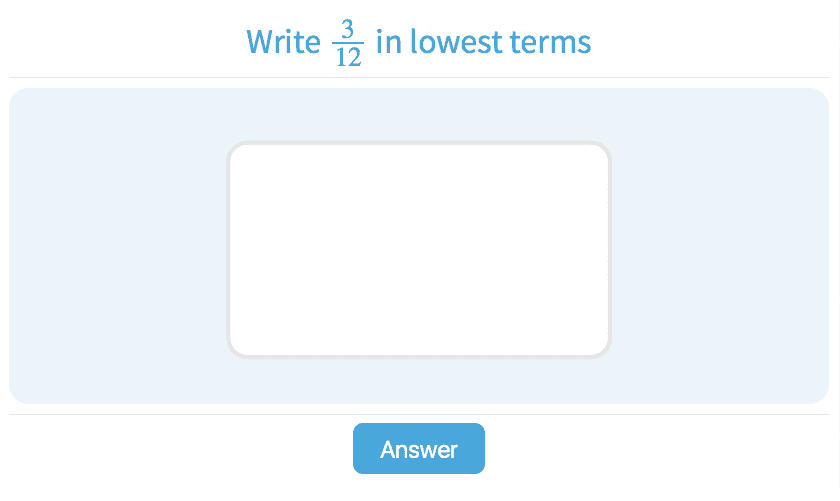
-
5.46Reducing Fractions to Lowest Terms
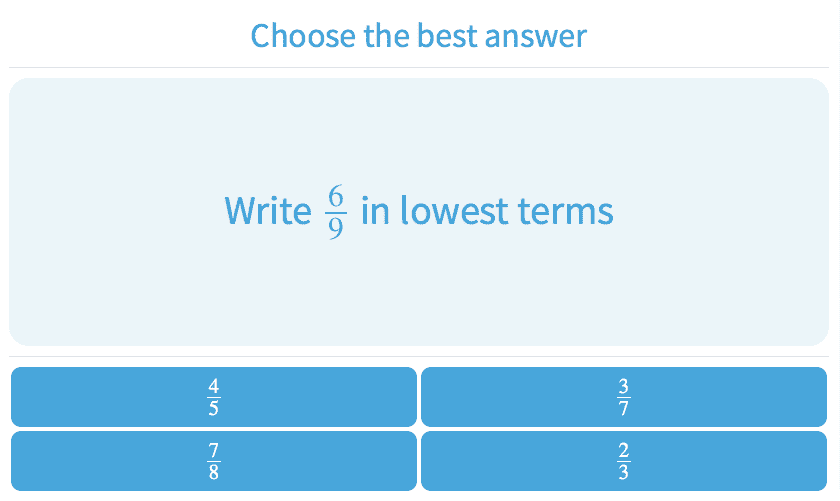
-
5.47Convert Between Improper Fractions and Mixed Numbers
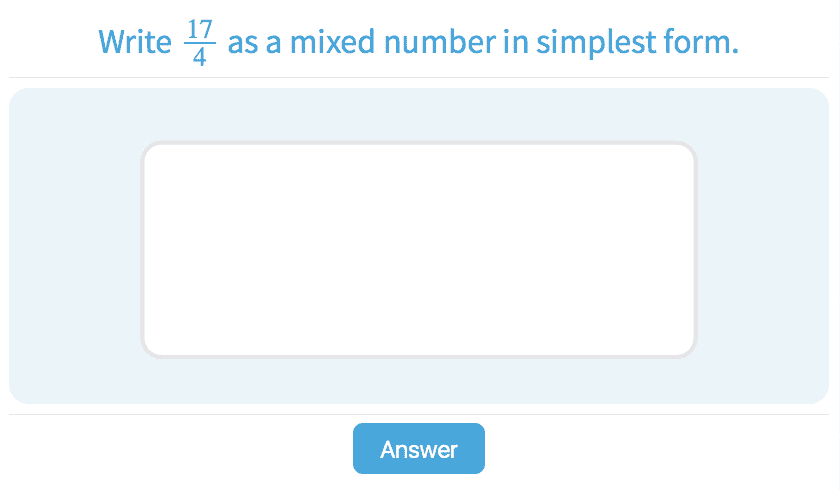
-
5.49Add Fractions with Unlike Denominators
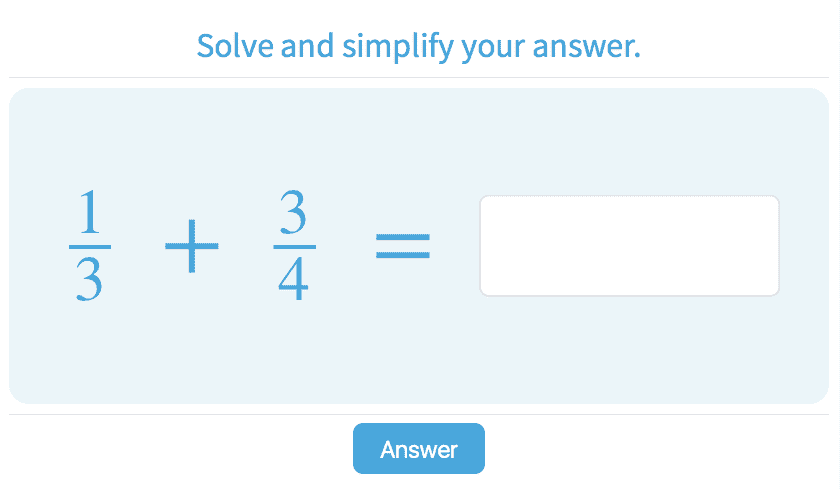
-
5.50Subtract Fractions with Unlike Denominators
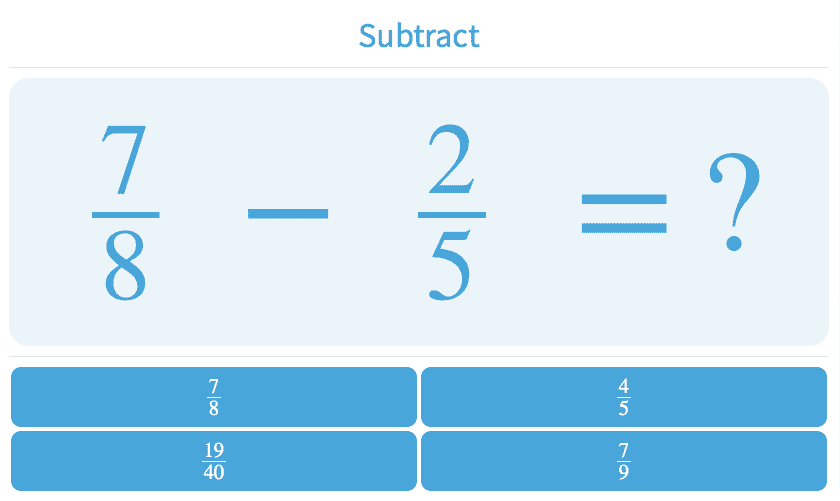
-
5.51Add and Subtract Fractions with Unlike Denominators

-
5.52Addition and Subtraction Equations with Fractions

-
5.53Add Mixed Numbers with Unlike Denominators
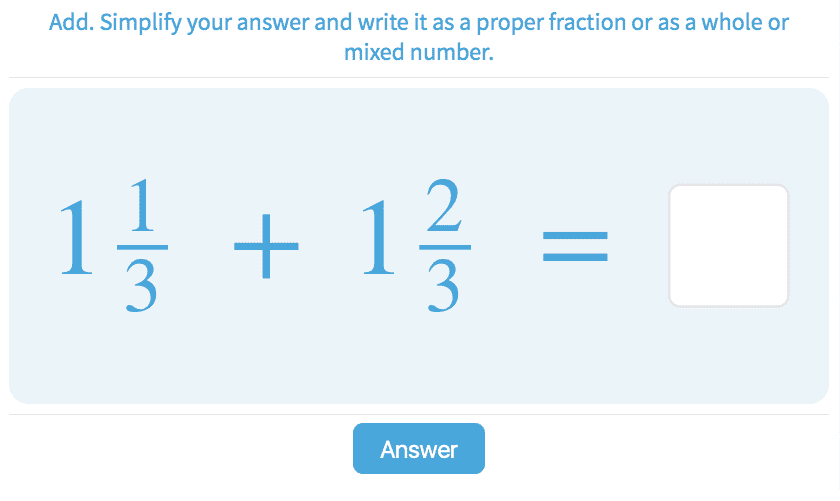
-
5.54Subtract Mixed Numbers with Unlike Denominators
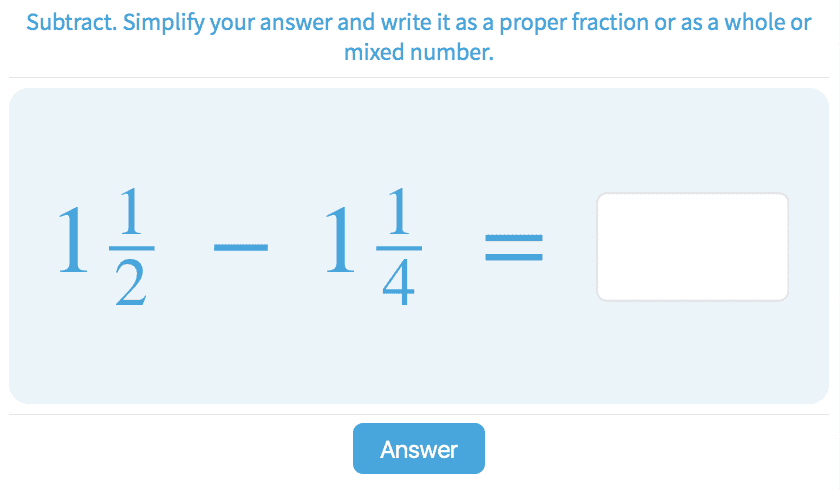
-
5.55Add and Subtract Mixed Numbers

-
5.56Multiply Fractions by Whole Numbers

-
5.57Multiply Fractions by Whole Numbers

-
5.58Convert Fractions and Mixed Numbers to Decimals

-
5.59Convert Decimals to Fractions and Mixed Numbers

-
5.61Convert Between Percents, Fractions and Decimals

-
5.62Fraction
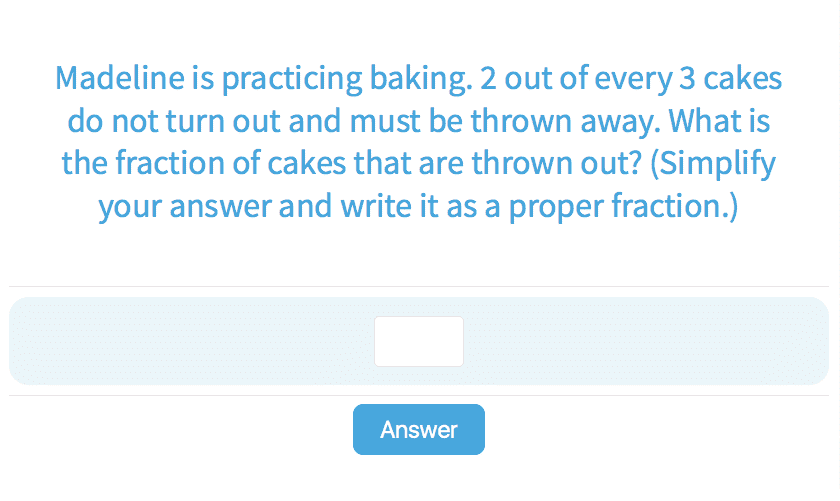
-
5.63Add, Subtract Fractions with Like Denominators

-
5.64Subtract Fractions

-
5.65Add Fractions

-
- Number Patterns
- Subtraction
- Ratios
- Algebra
-
Geometry
-
5.88Which Shape Is Described?
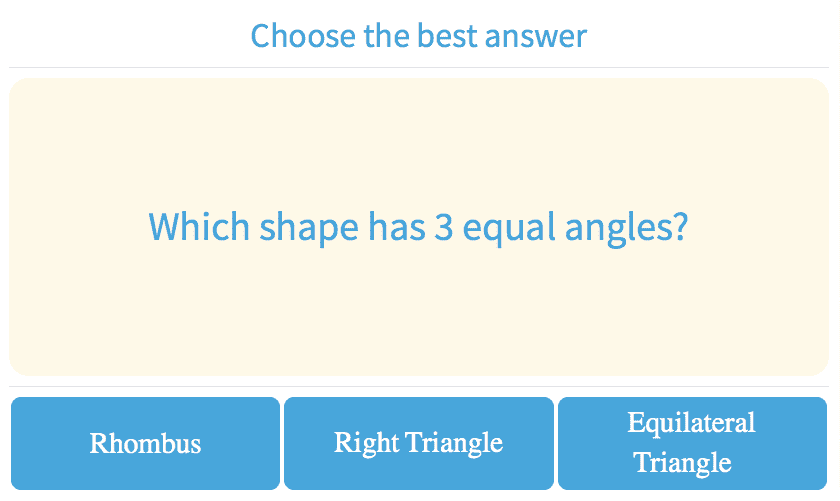
-
5.89Number of Sides in Polygons
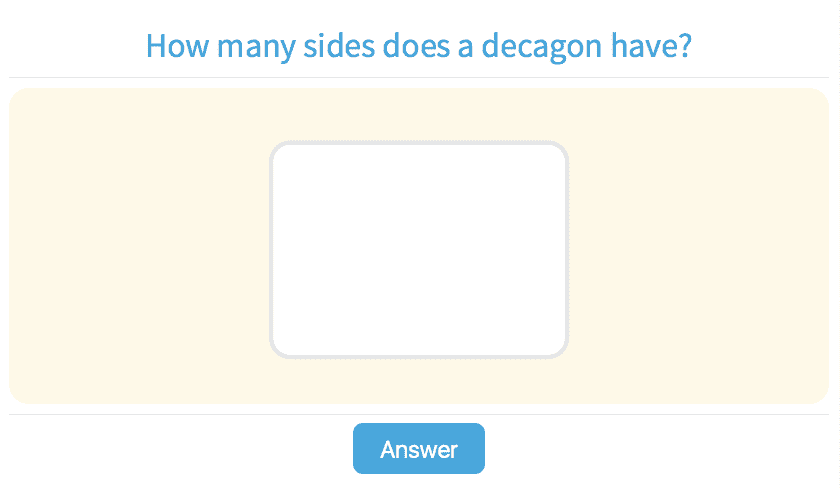
-
5.90Which 2 Dimensional Shape Is Described?

-
5.91Regular and Irregular Polygons
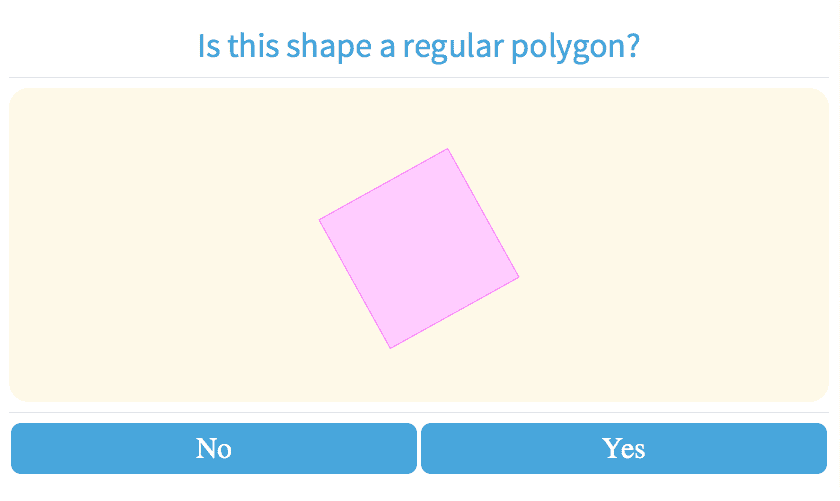
-
5.92Types of Triangles
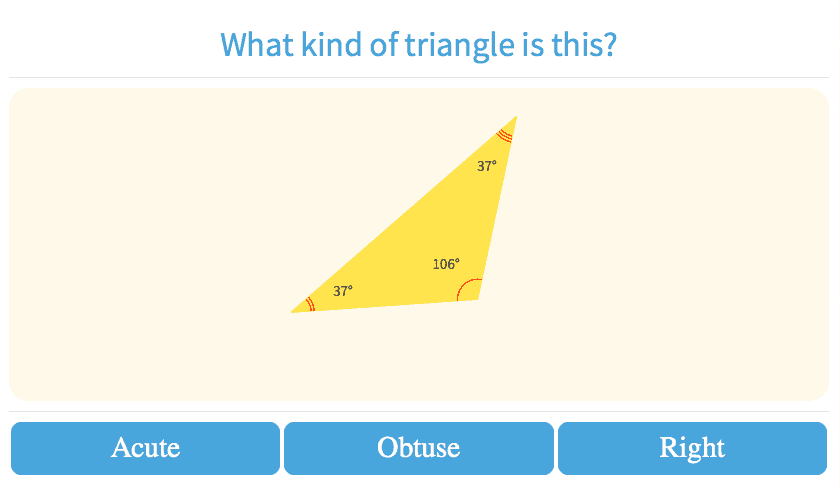
-
5.93Classify Quadrilateral Shapes
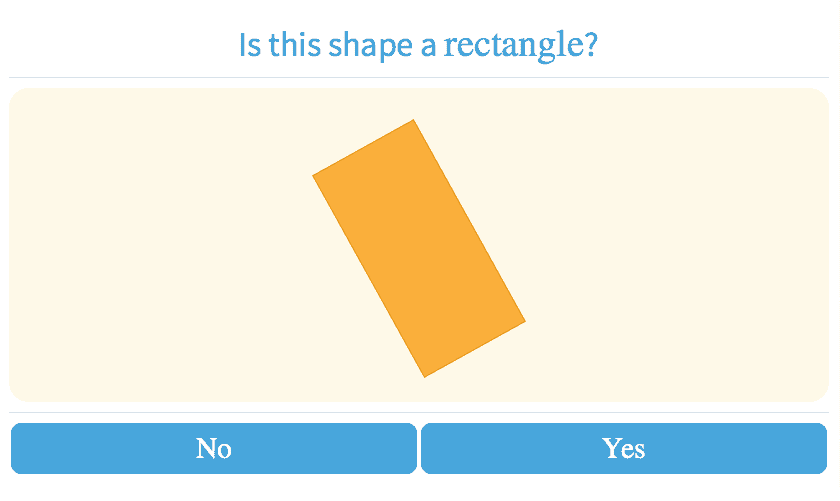
-
5.94Parts of a Circle
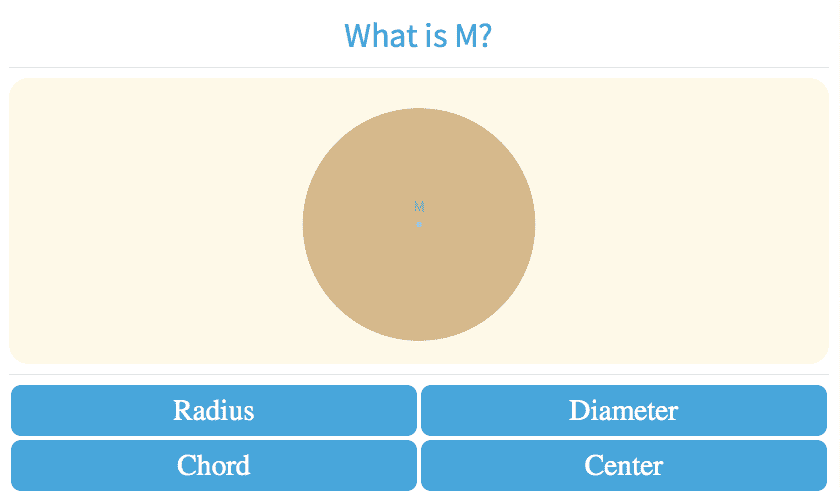
-
5.95Identify Planar and Solid Shapes
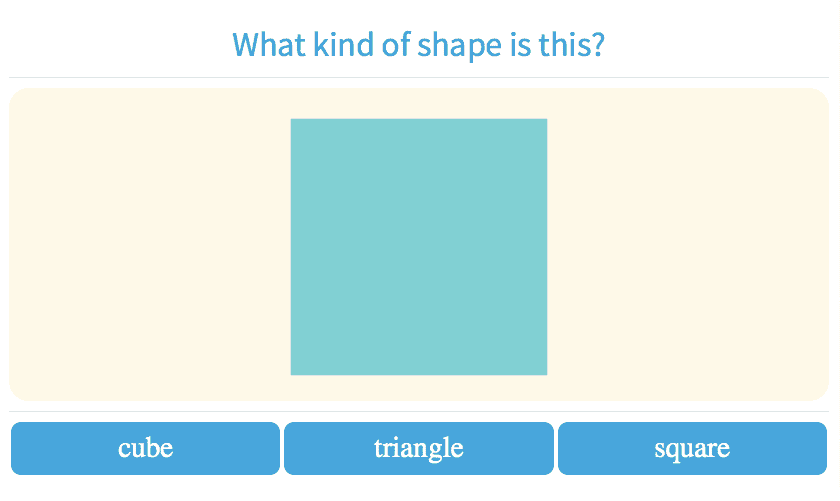
-
5.96Identify Simple and Complex Solid Shapes

-
5.97Count Edges
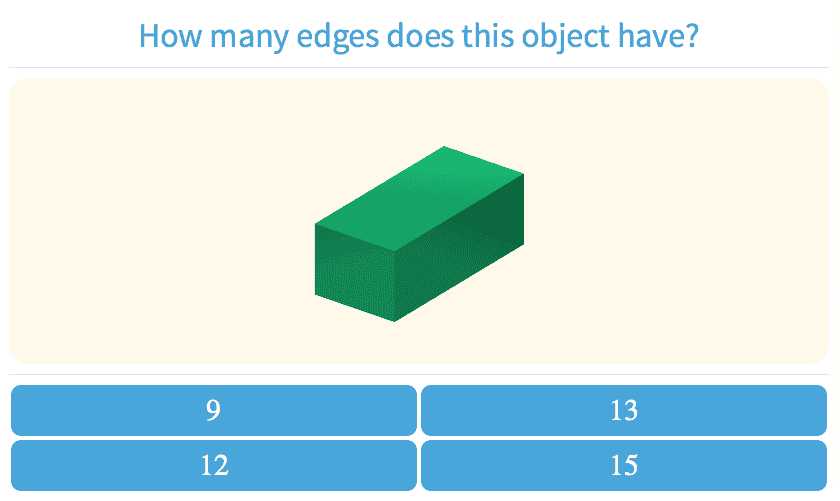
-
5.98Count Vertices
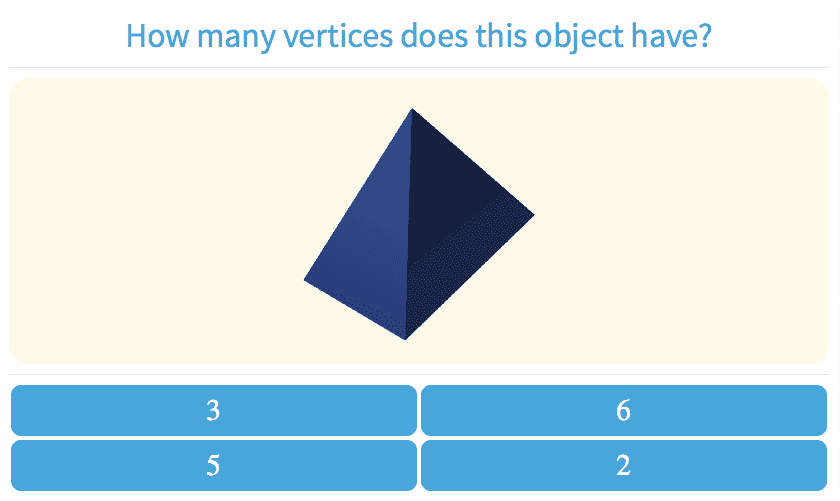
-
5.99Count Faces
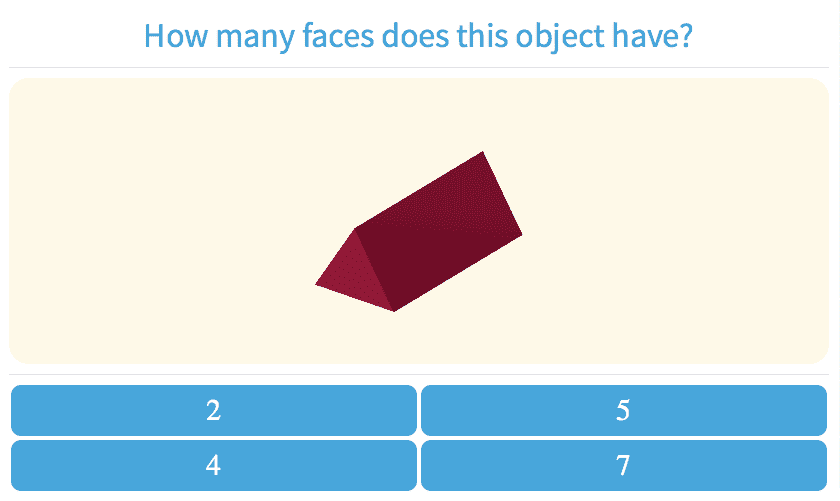
-
5.100Count Edges, Vertices and Faces
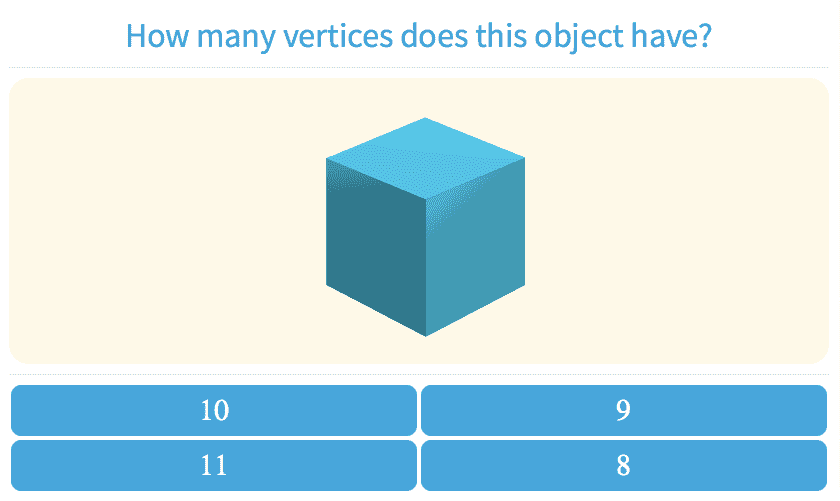
-
5.101Symmetry
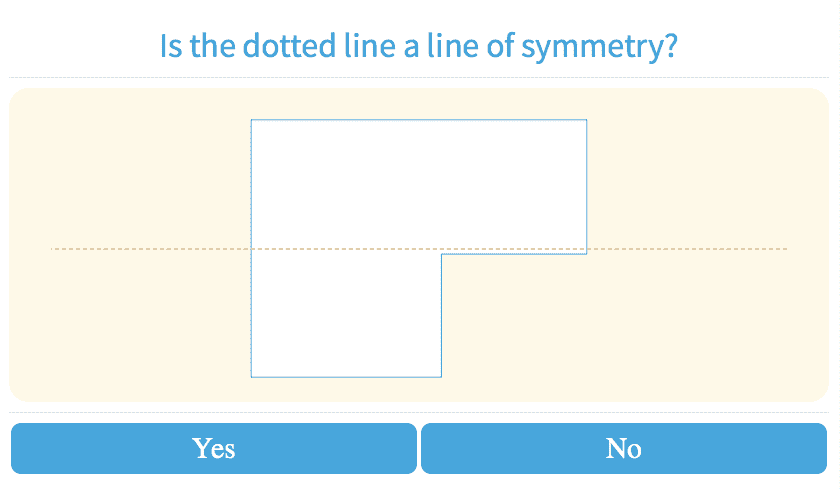
-
5.102Perimeter: Find the Missing Side Length
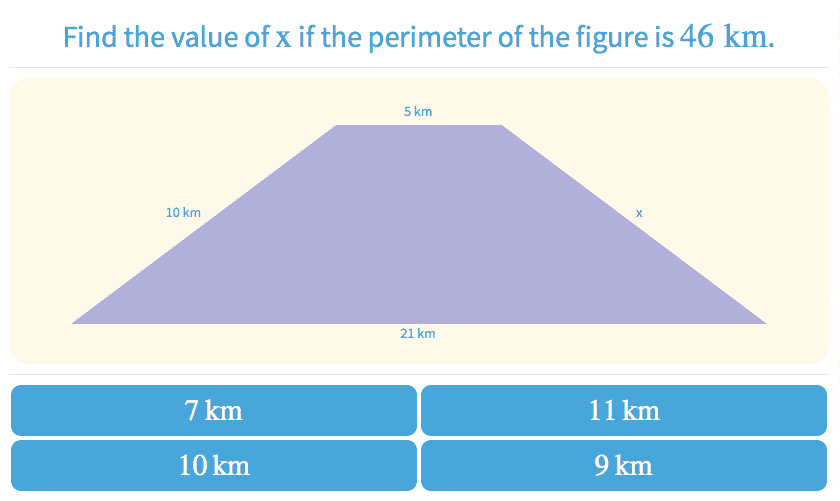
-
5.104Use Area and Perimeter to Determine the Cost
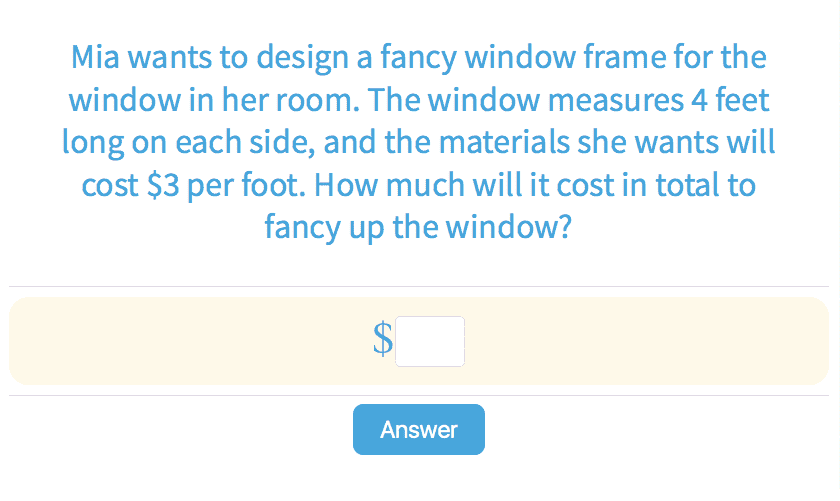
-
5.105Nets of 3-Dimensional Figures
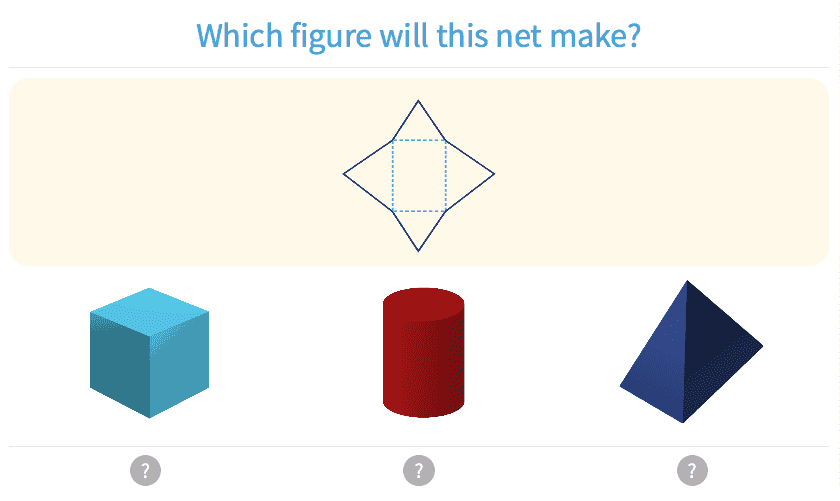
-
5.106Angles of 90, 180, 270 and 360 Degrees
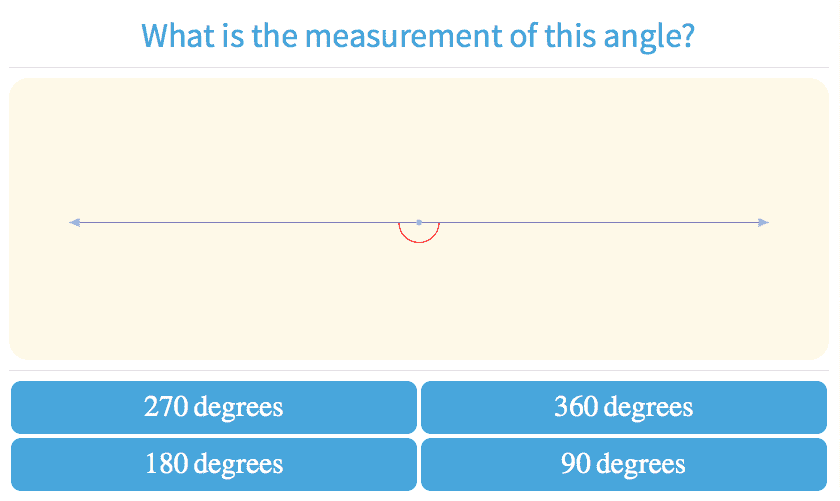
-
5.107Identify Angles
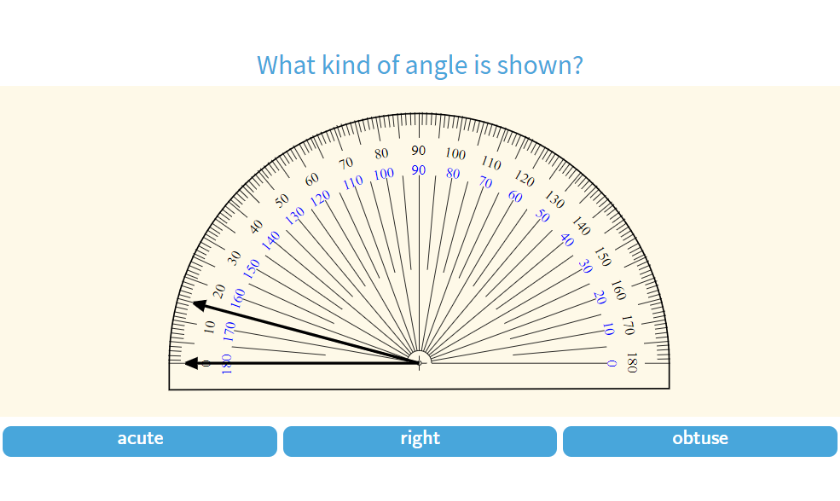
-
5.108Acute, Right, Obtuse, and Straight Angles
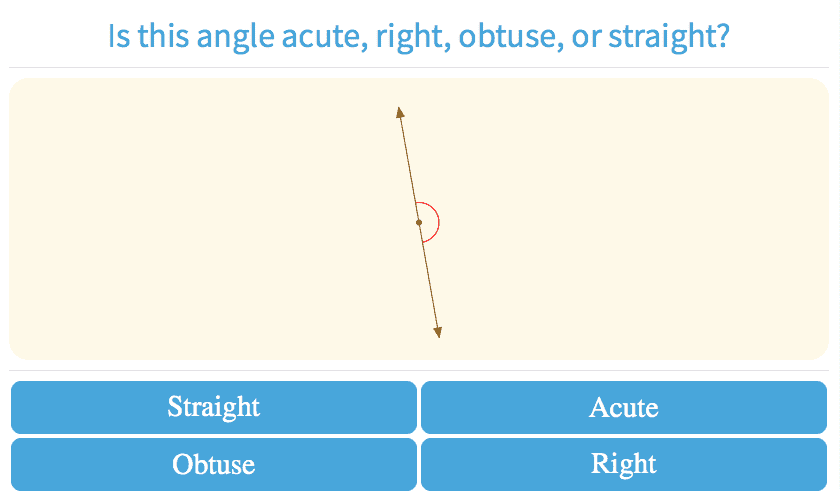
-
5.111Perimeter with Unit Squares
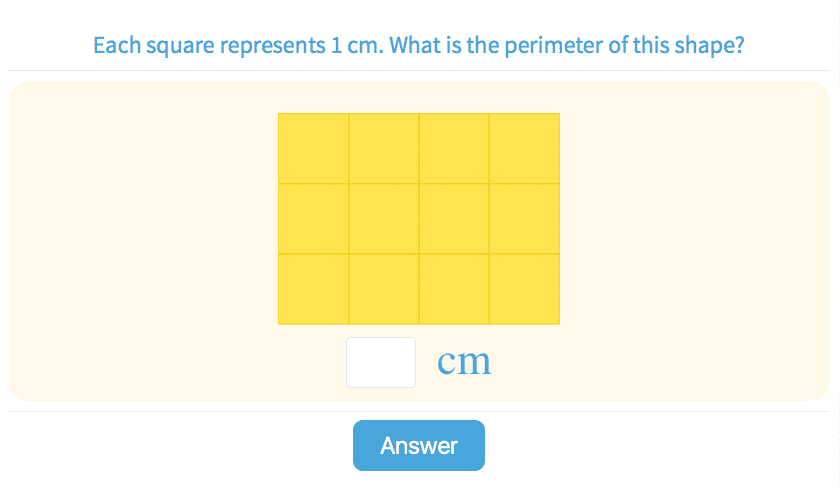
-
5.112Area of Squares and Rectangles
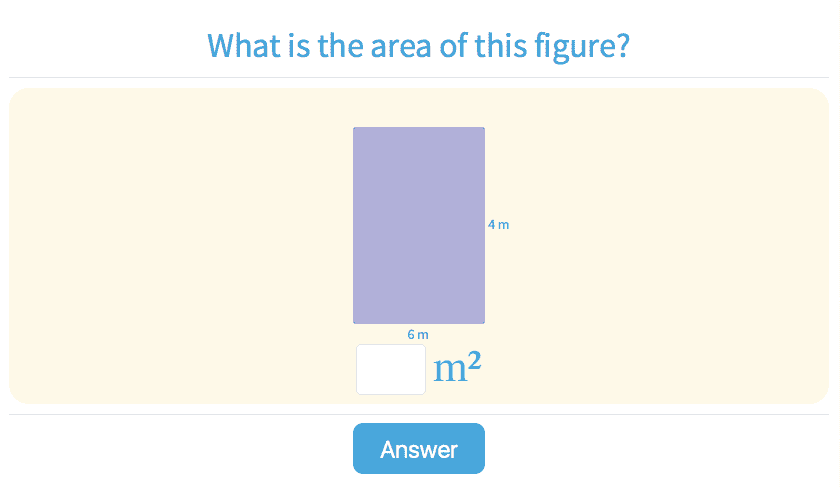
-
5.113Area of Right Triangles
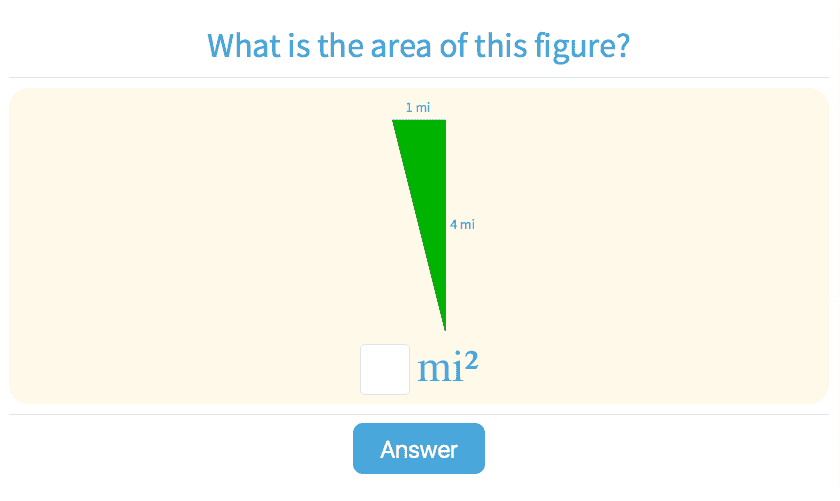
-
5.114Area of Complex Figures
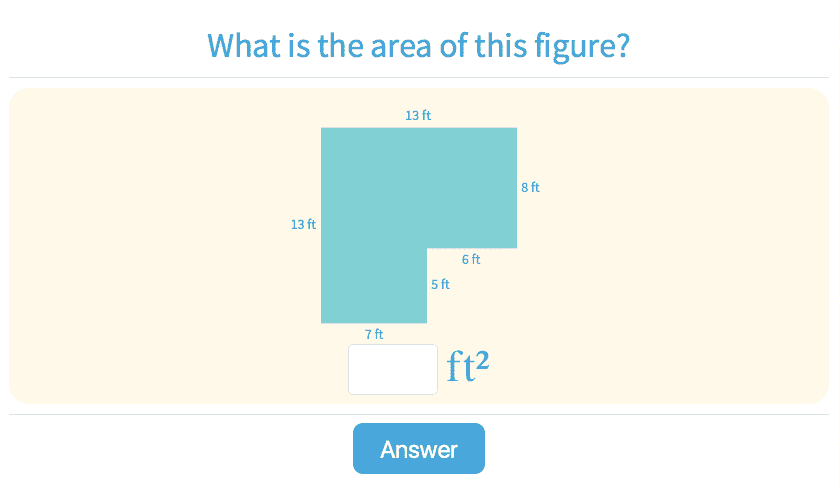
-
- Measurement
-
Graphing
-
5.123Choose the Best Graph Type
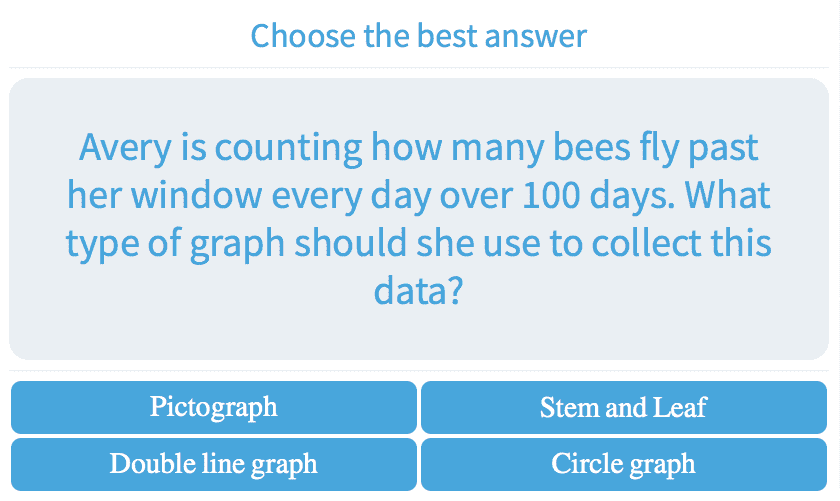
-
5.124Interpret Bar Graphs
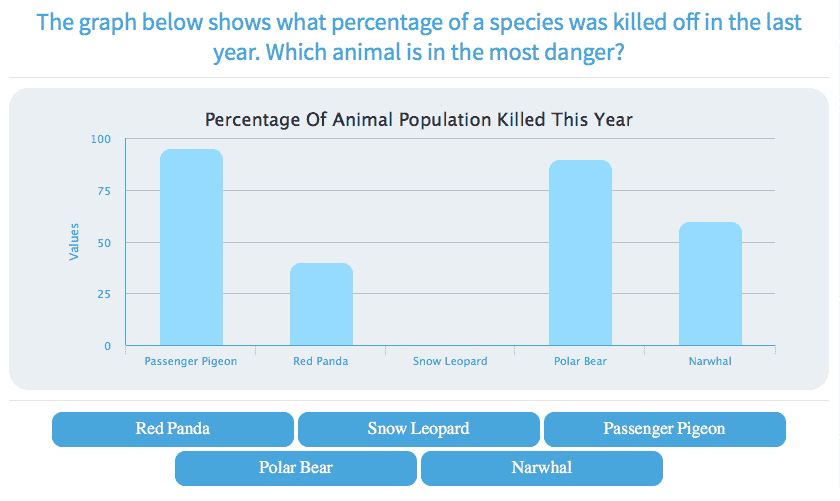
-
5.126Interpret Pictographs
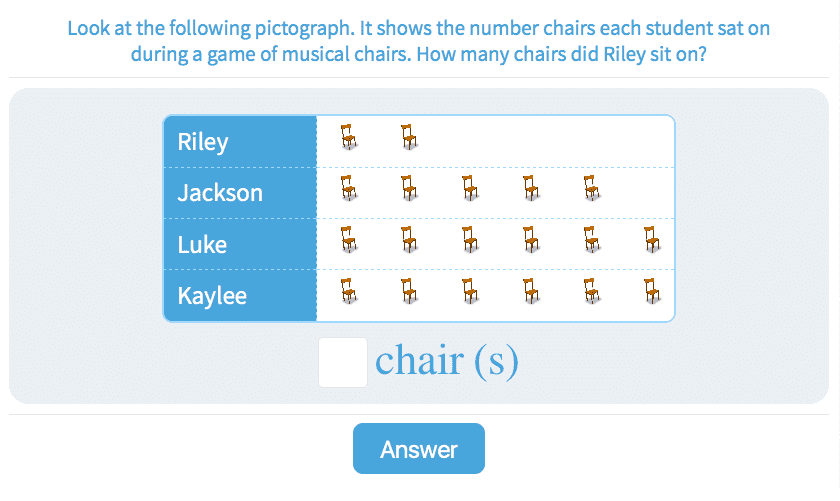
-
5.127Interpret Histograms
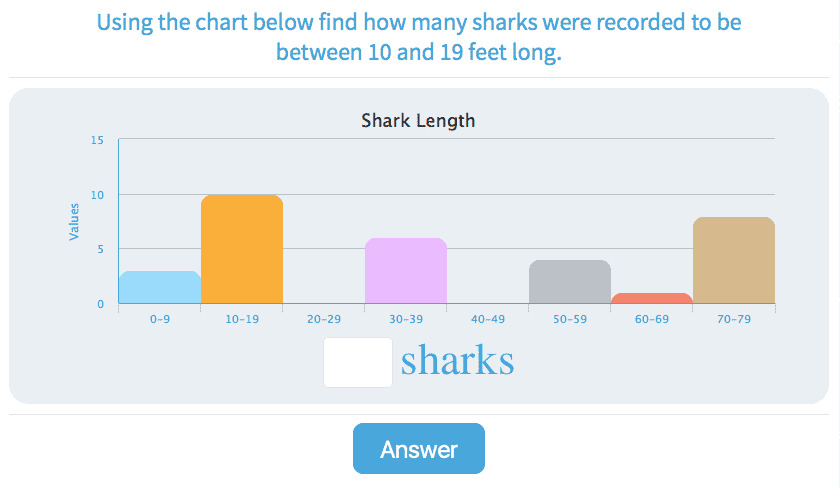
-
-
Stats
-
5.127Interpret Histograms

-
5.129Calculate Mean
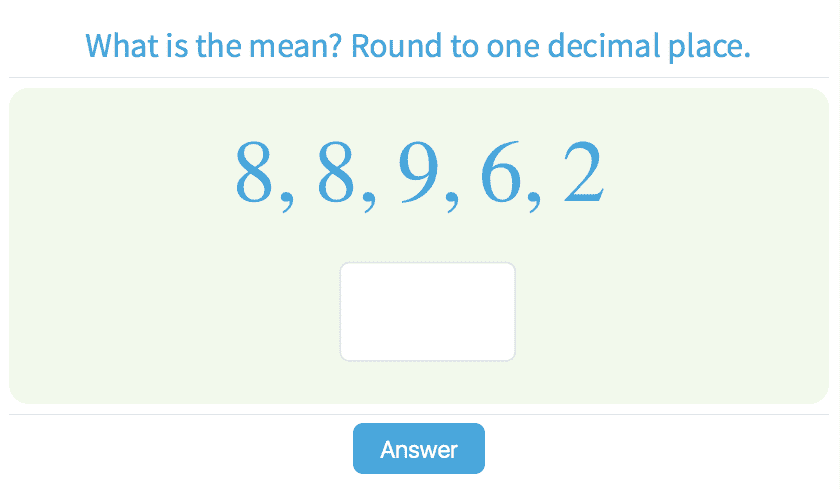
-
5.130Calculate Mode
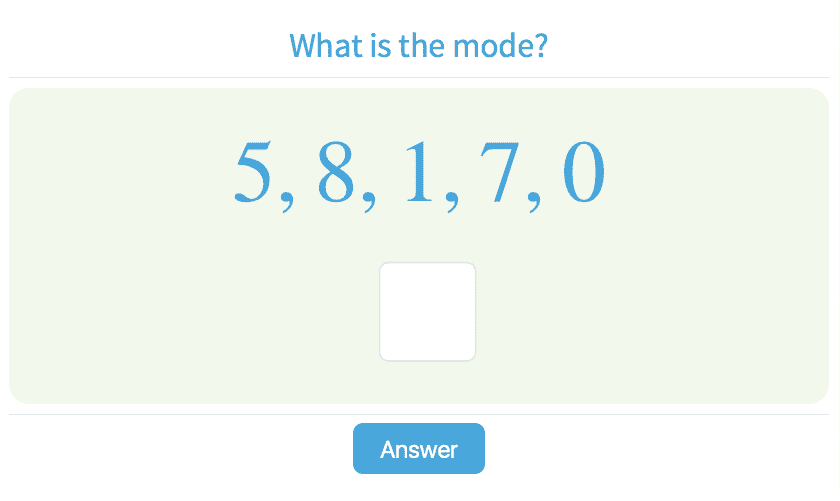
-
5.131Calculate Median
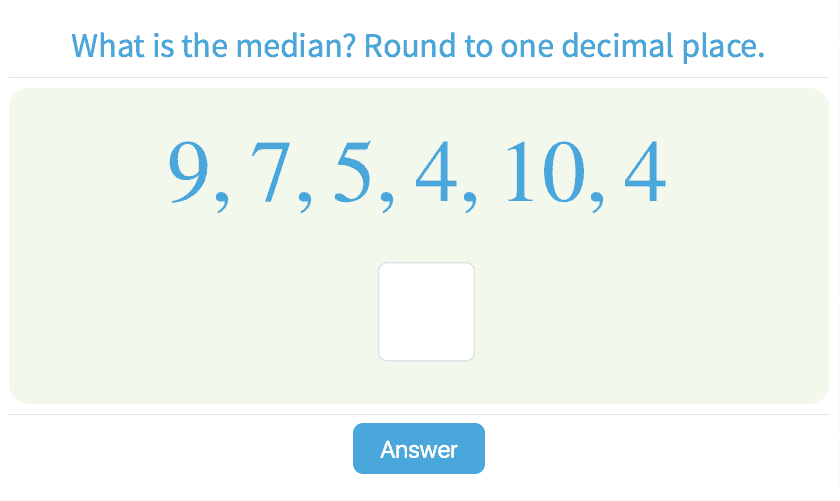
-
5.132Calculate Mean, Median, Mode and Range
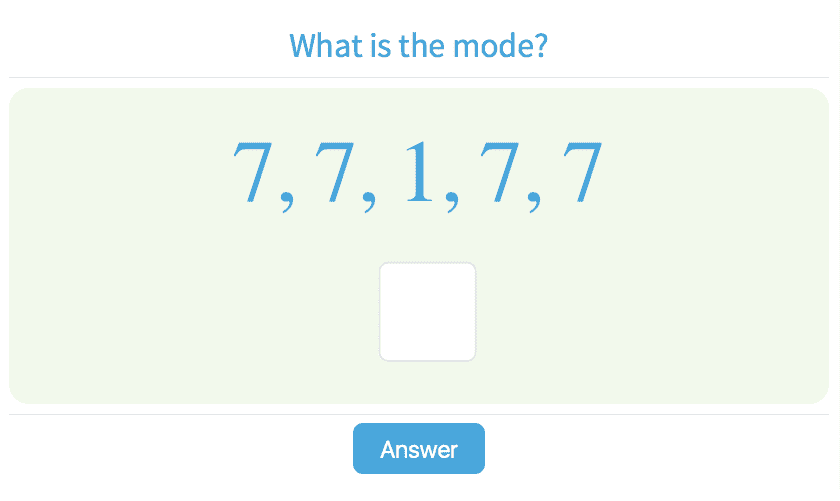
-
5.137Combination and Permutation Notation
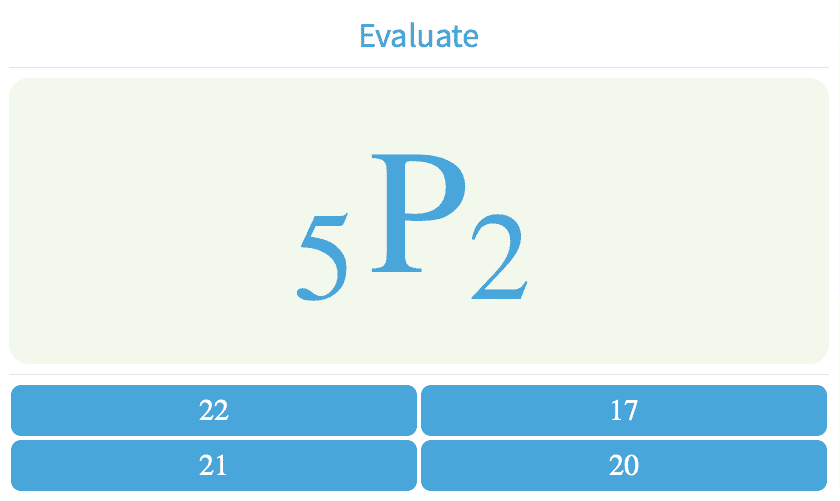
-
5.138Probability of Simple Events

-
5.139Probability Problems
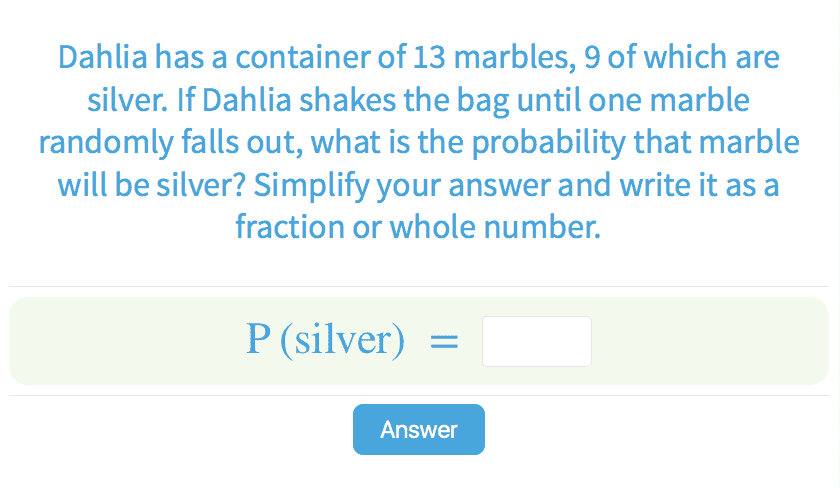
-
5.140Making Predictions
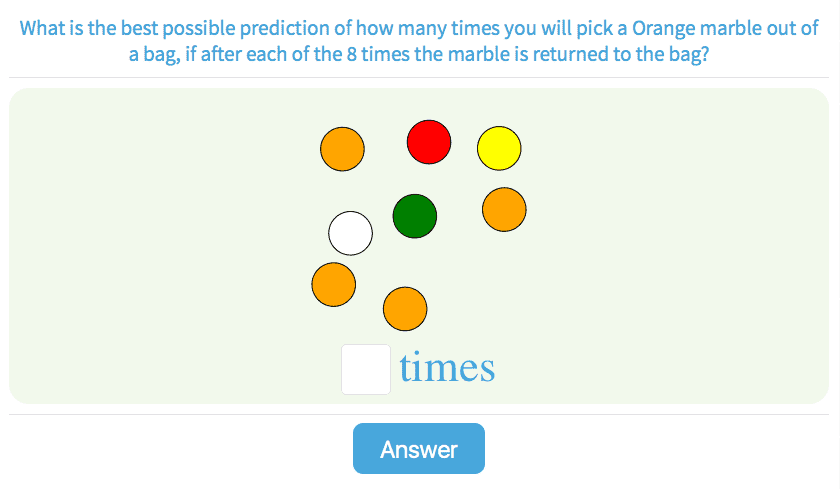
-
5.141Prediction Problems

-
Students entering the 7th grade continue to expand on concepts from their previous years. On-demand videos with teachers who explain the concepts and show students how to understand the problem-solving process. Teachers go over rules, tips, and multiple problems helping students to be able to solve the problems themselves.
- Students learn about ratios, mixed properties, statistics and other seventh grade skills.
- Teachers incorporate the use of the scratchpad to give students a visual representation.
- Videos provide instant help for students who are struggling with their assignments.
